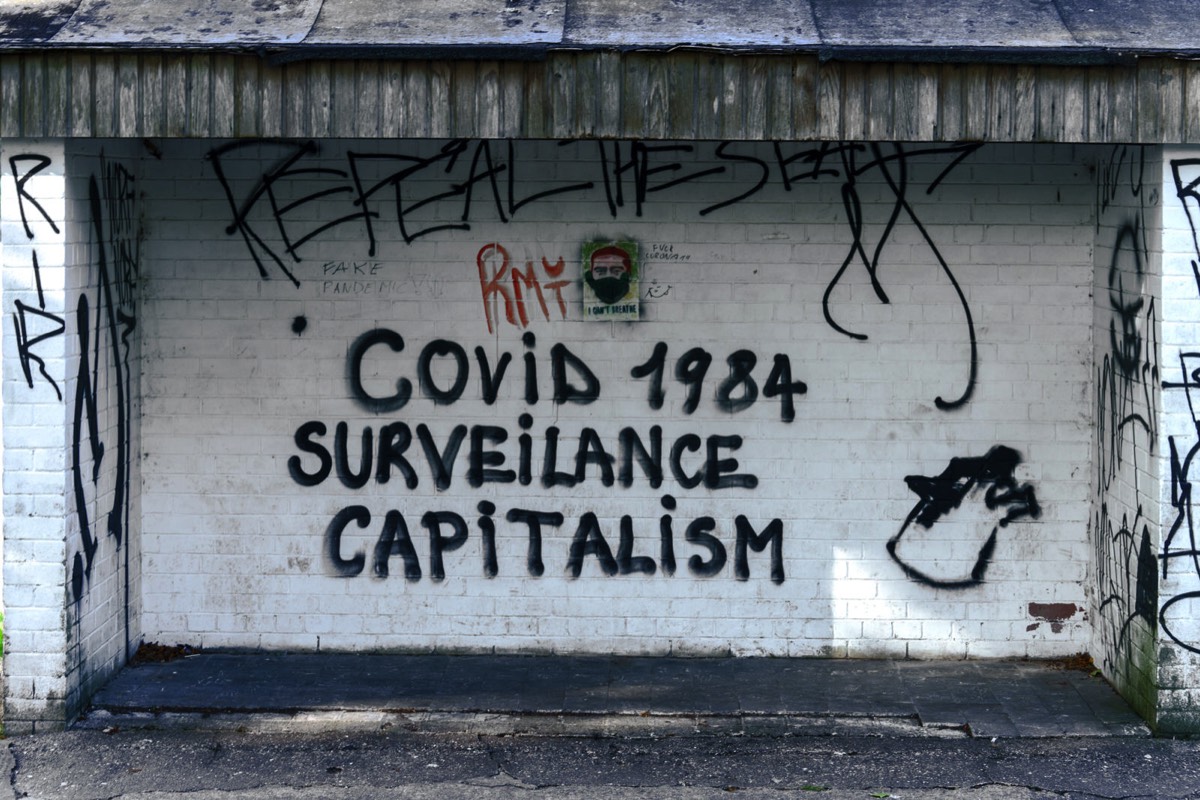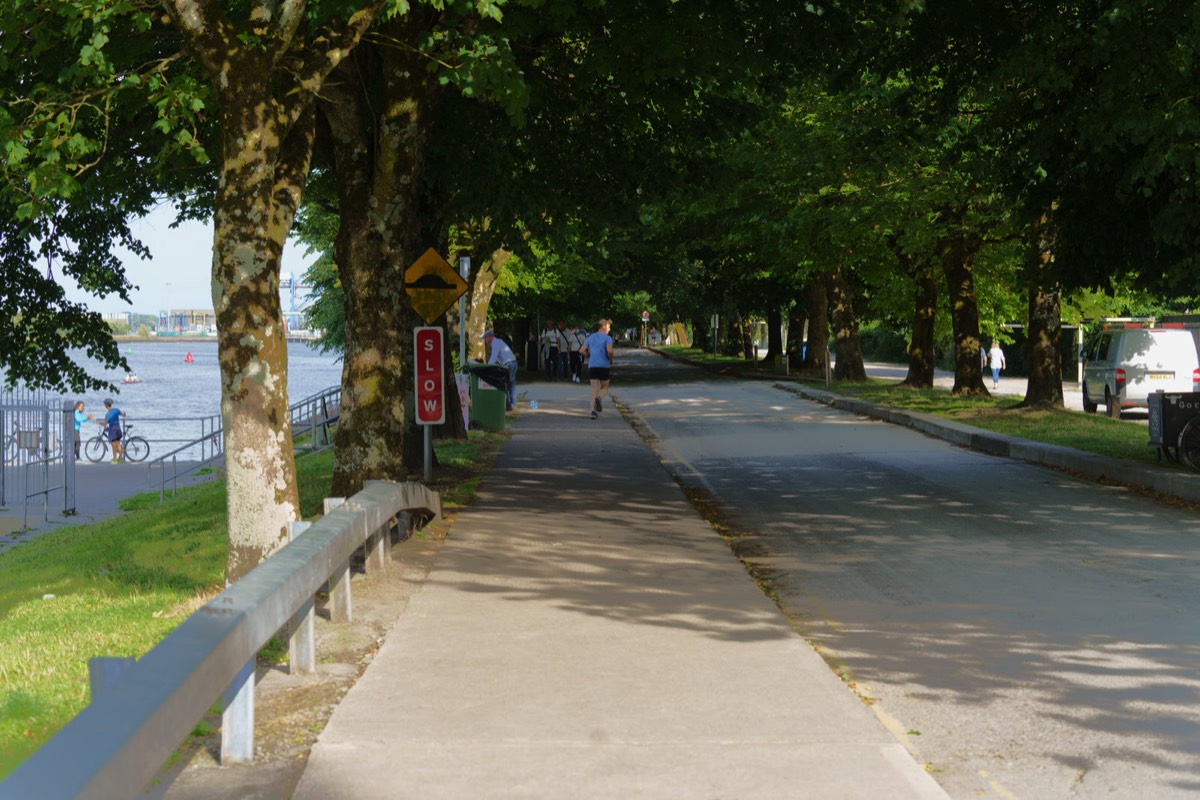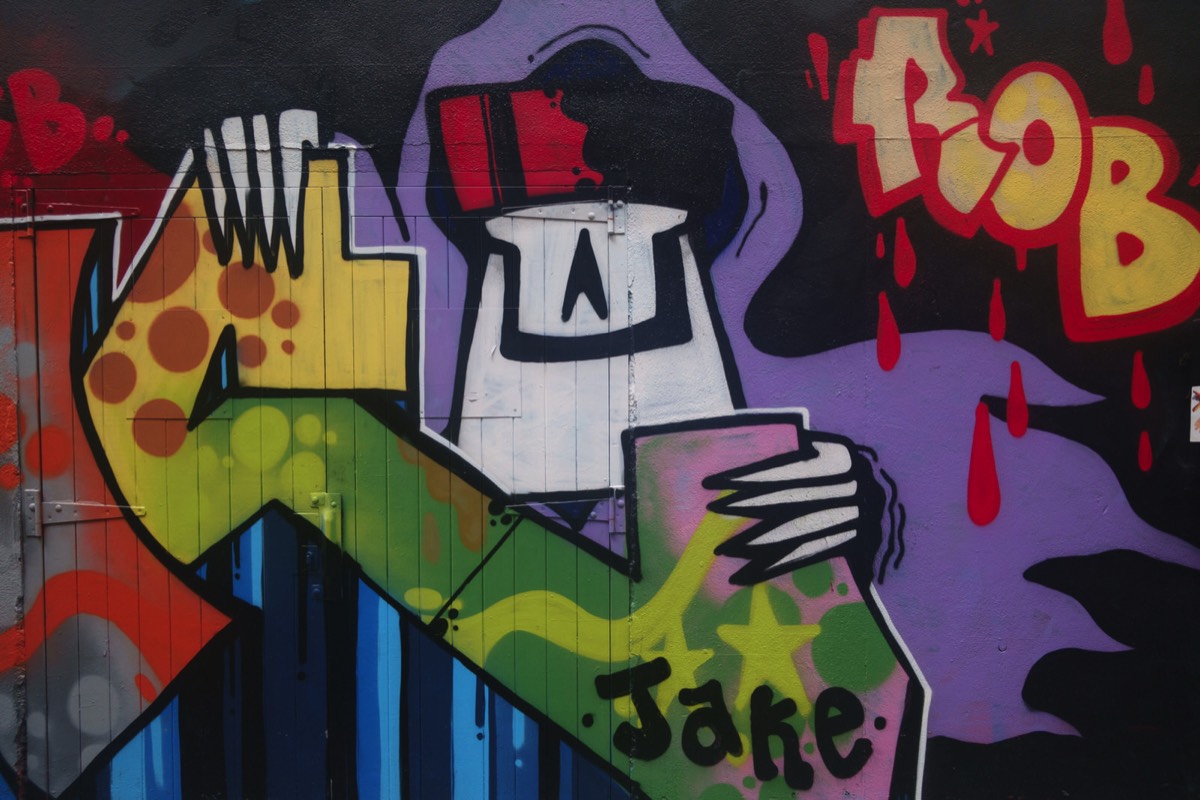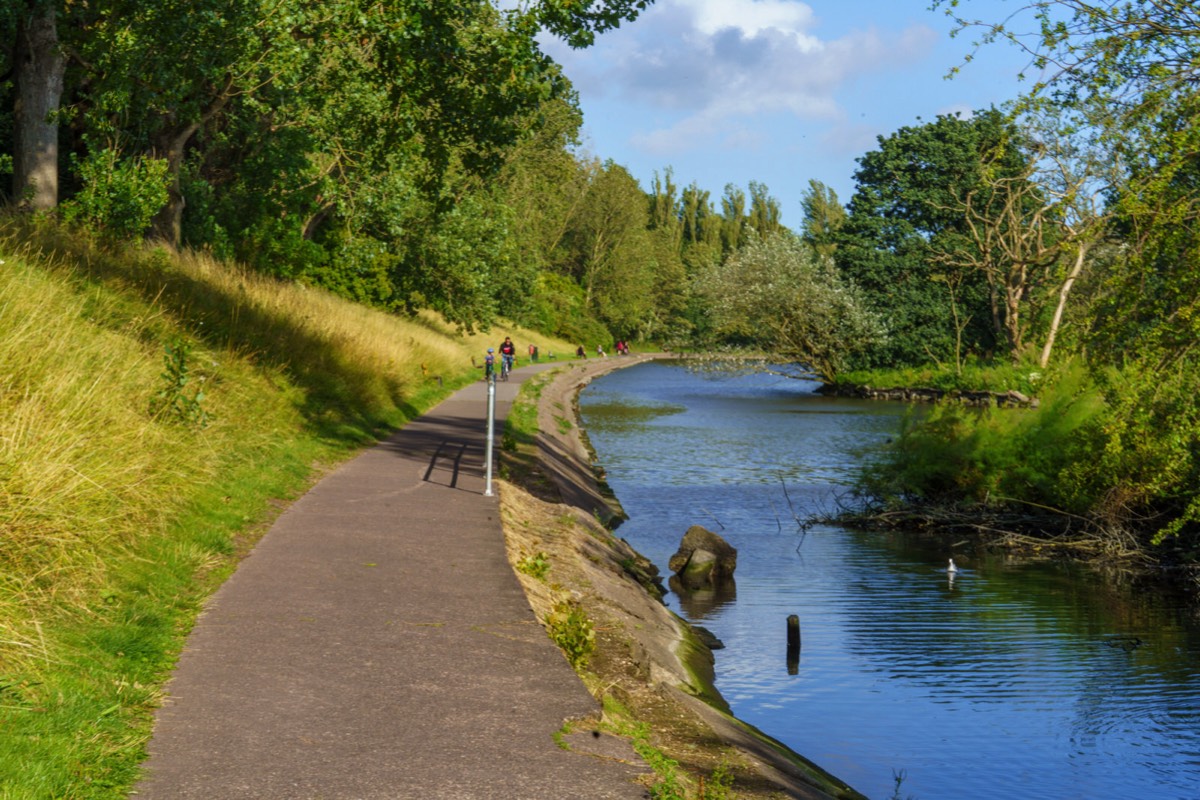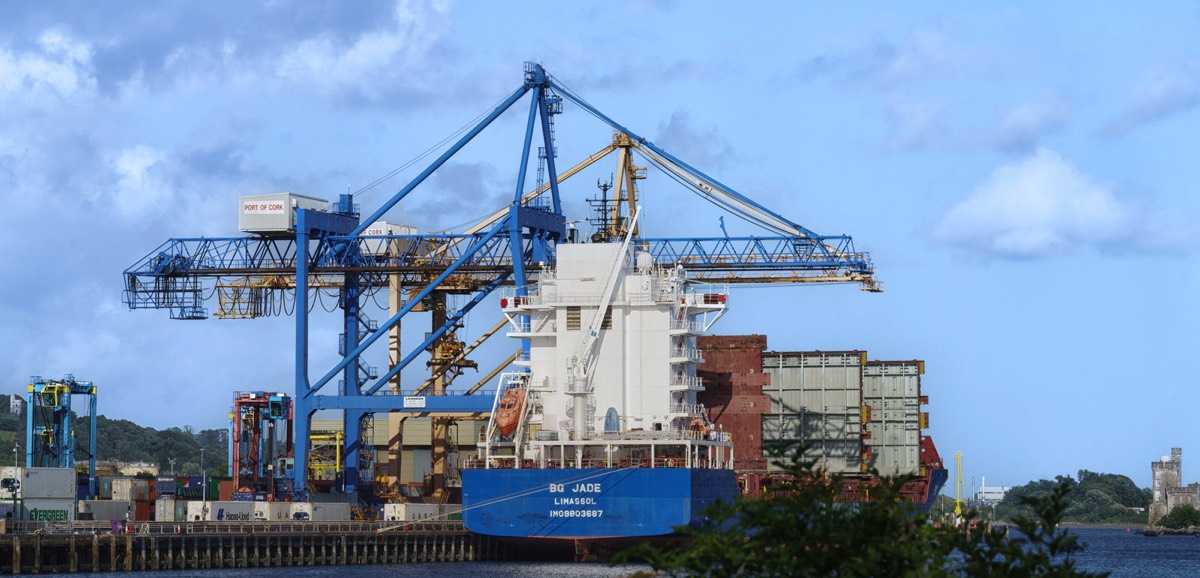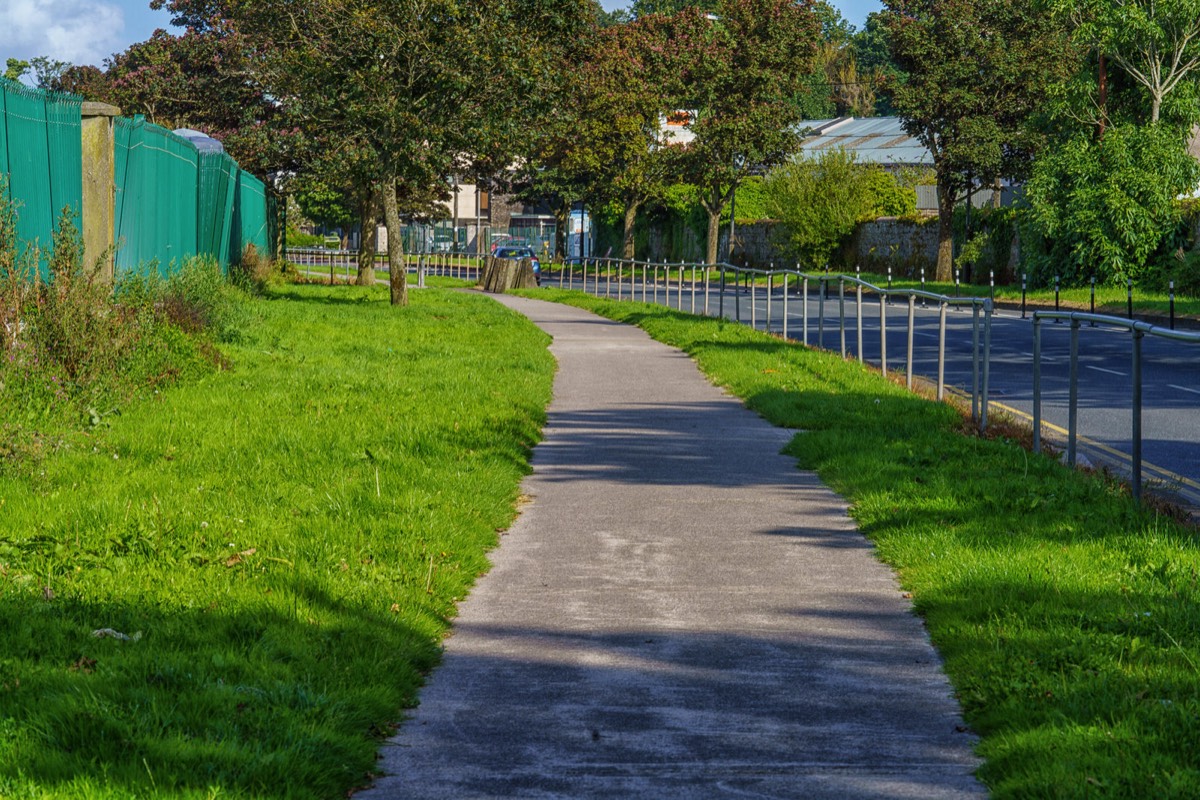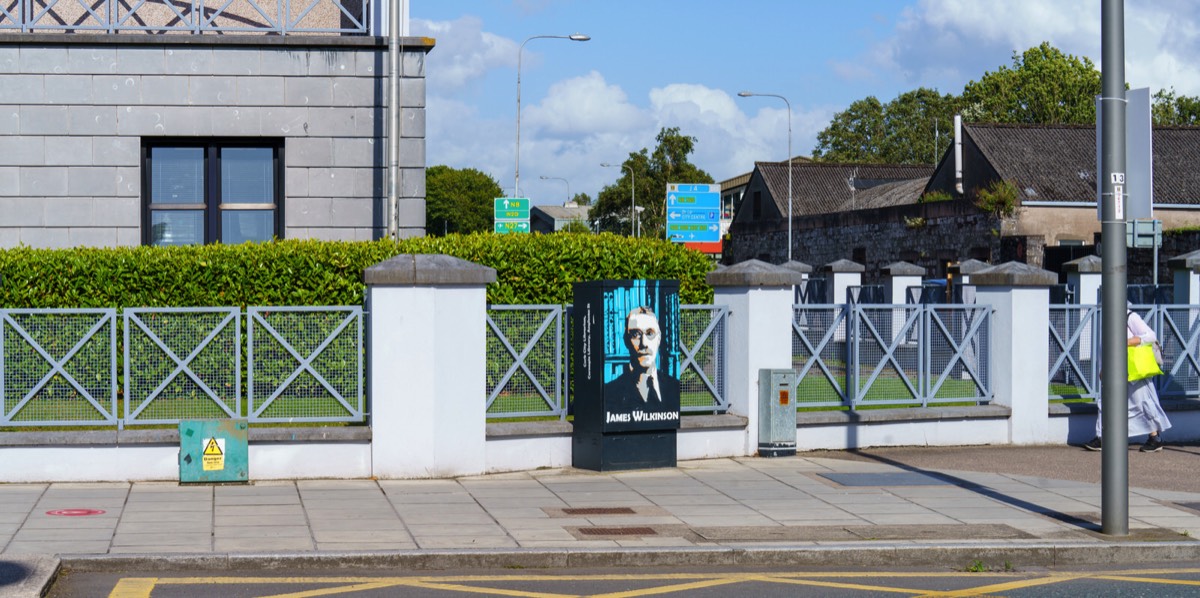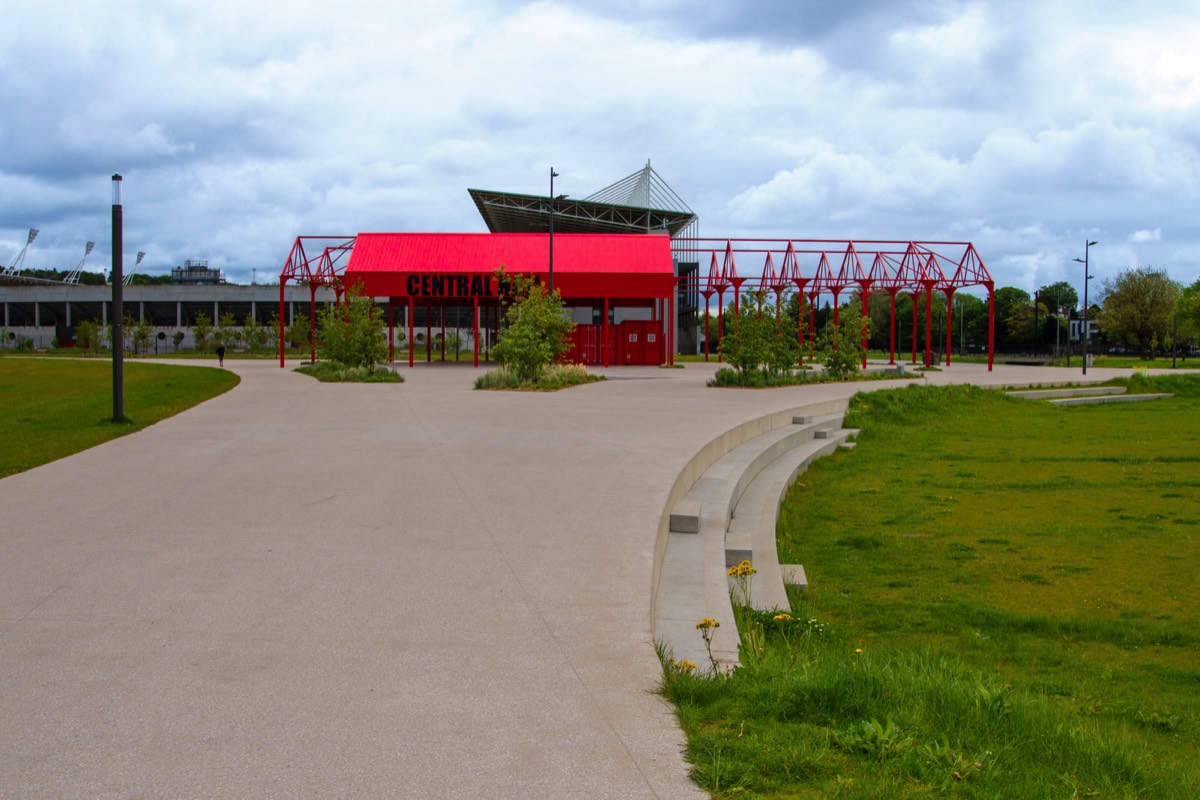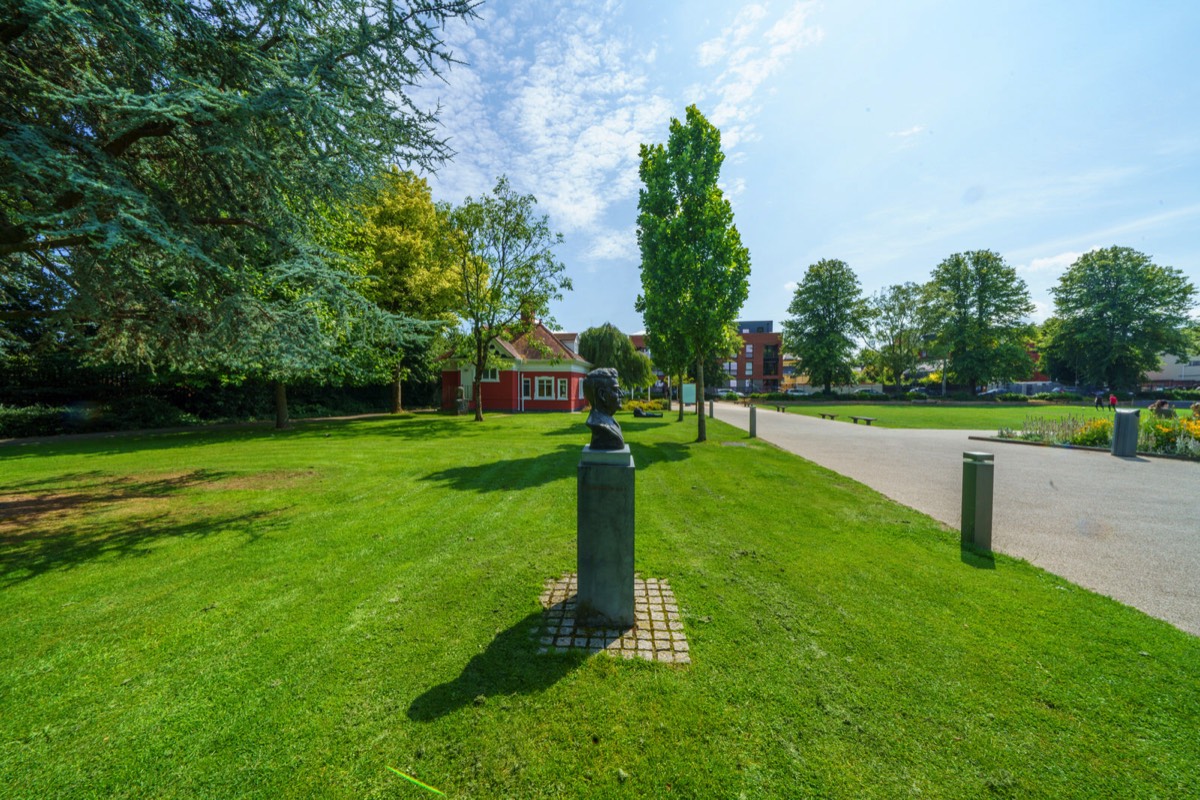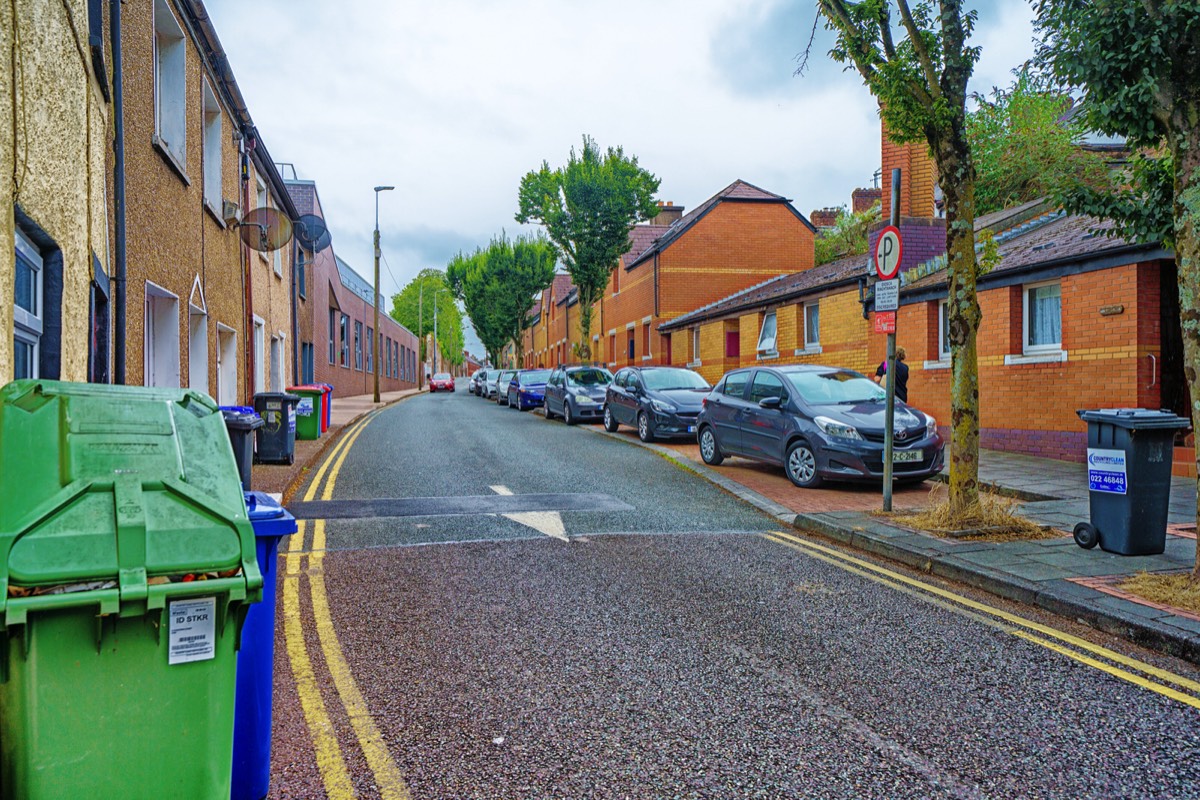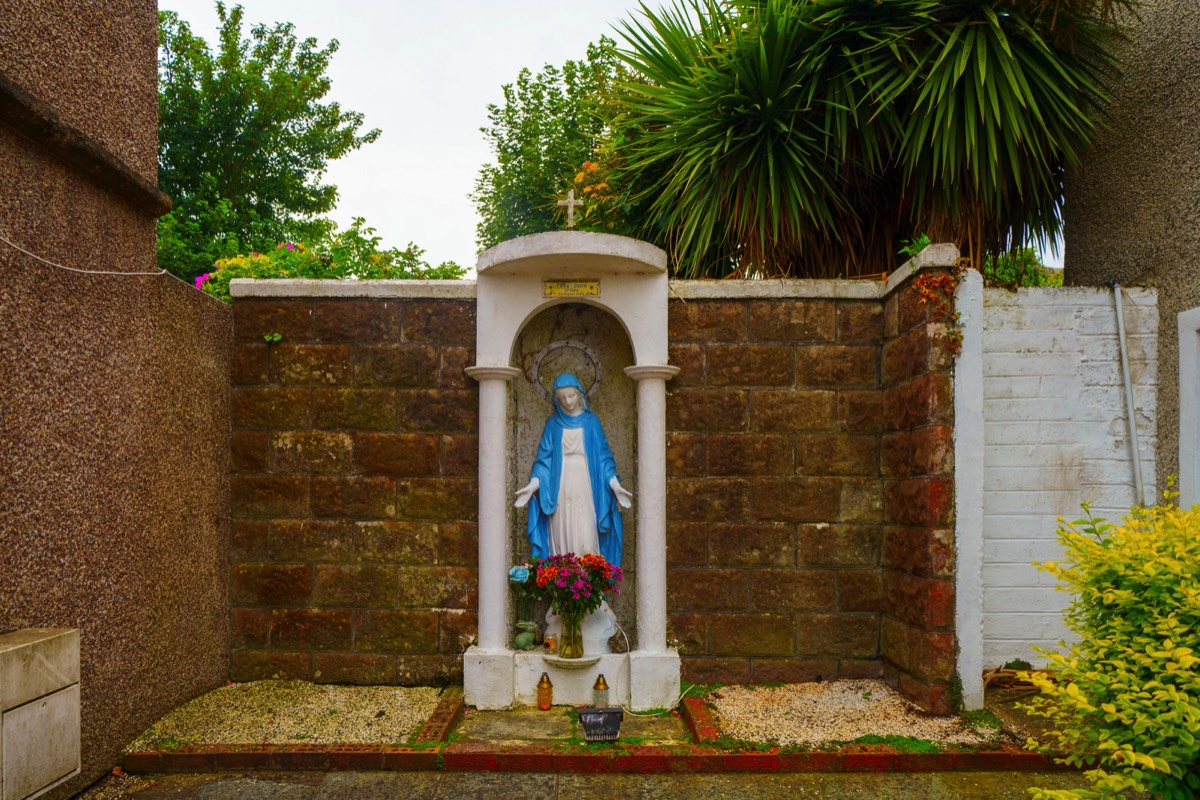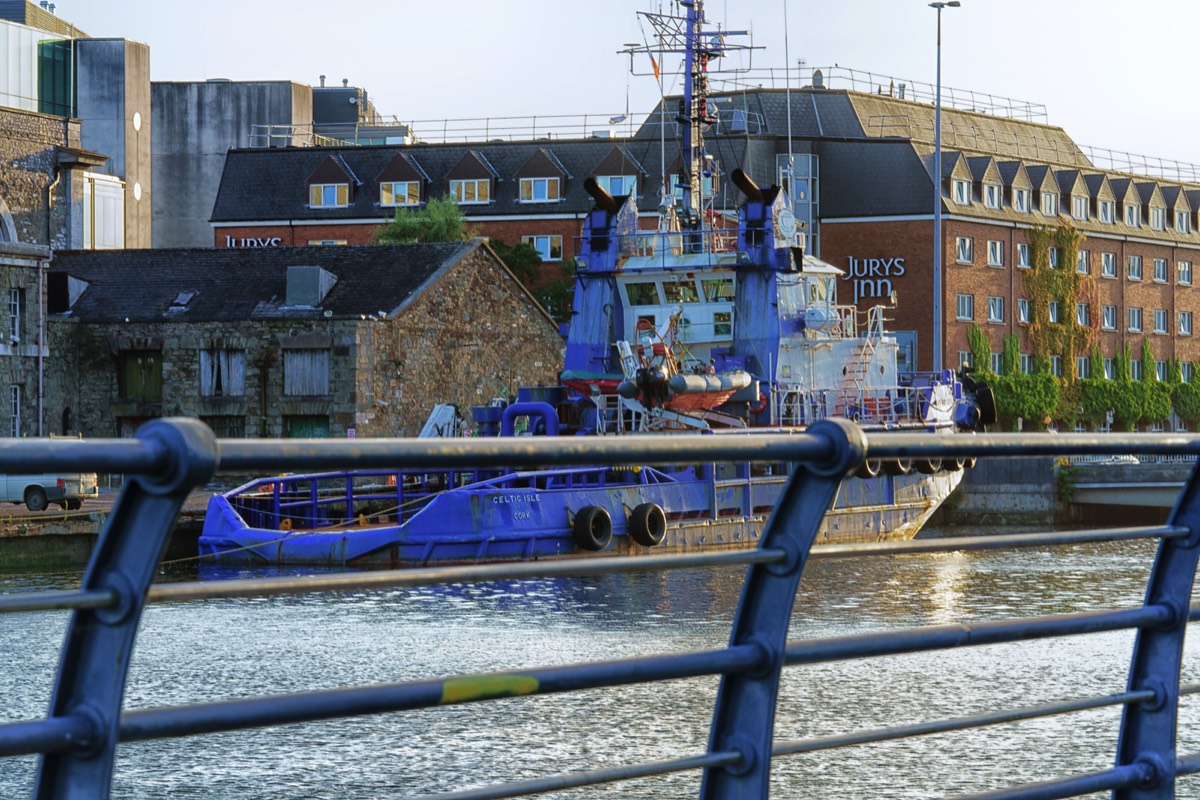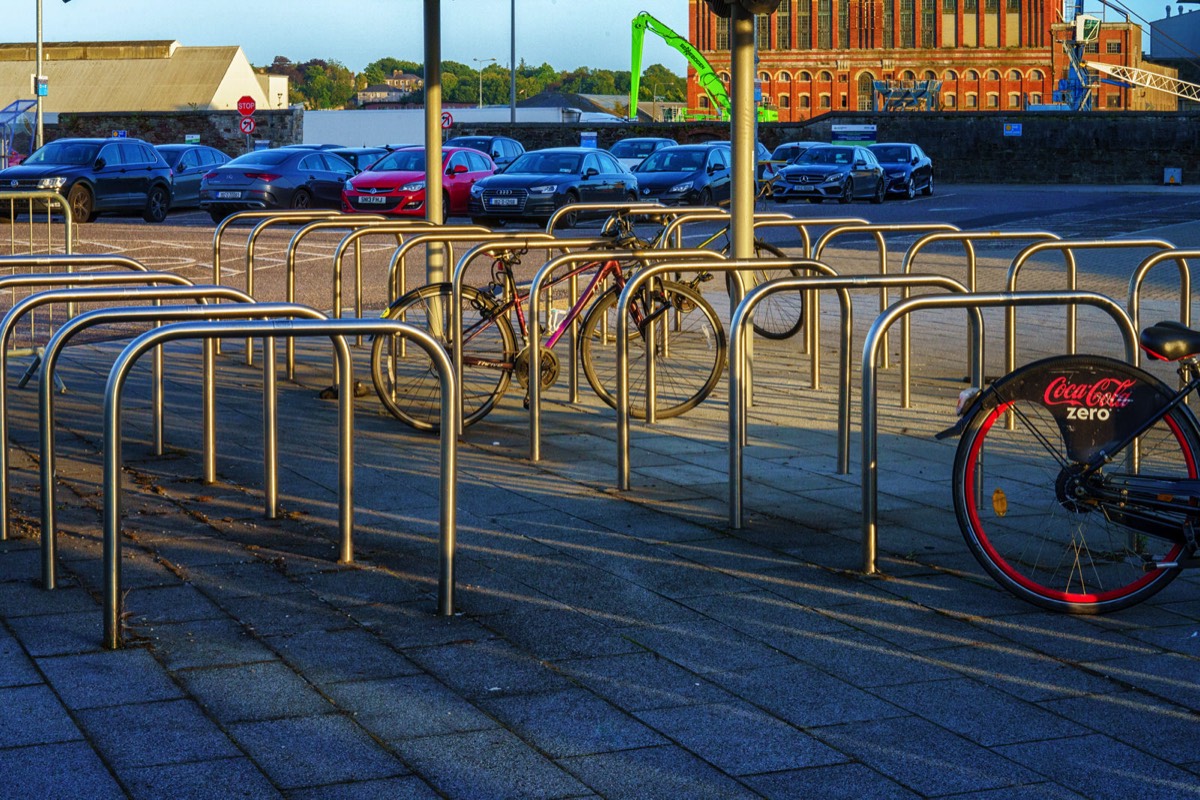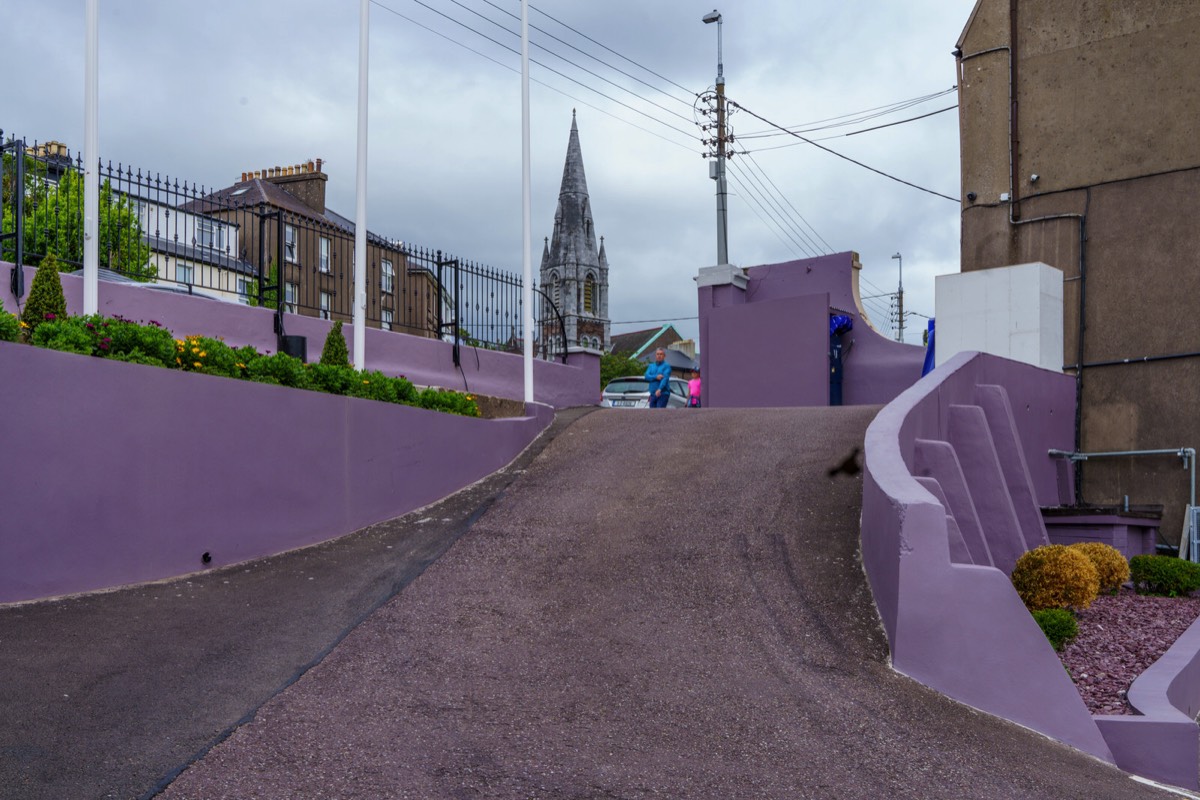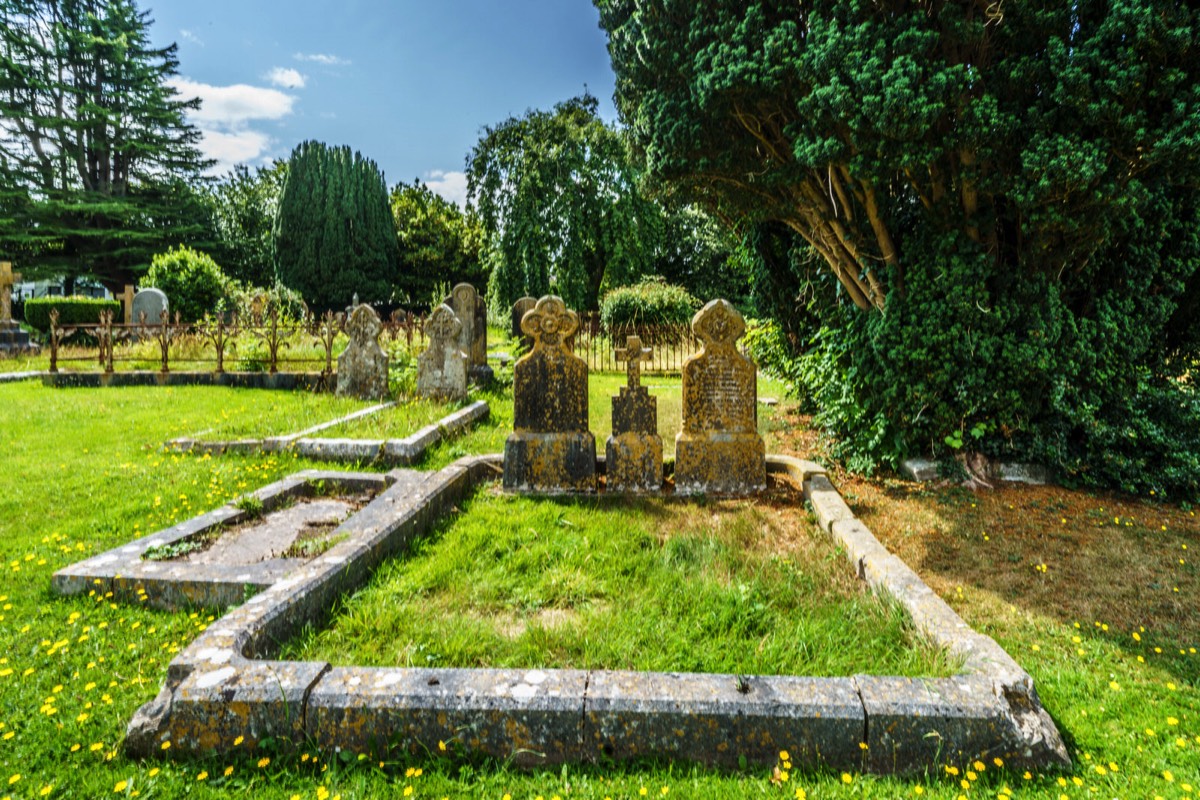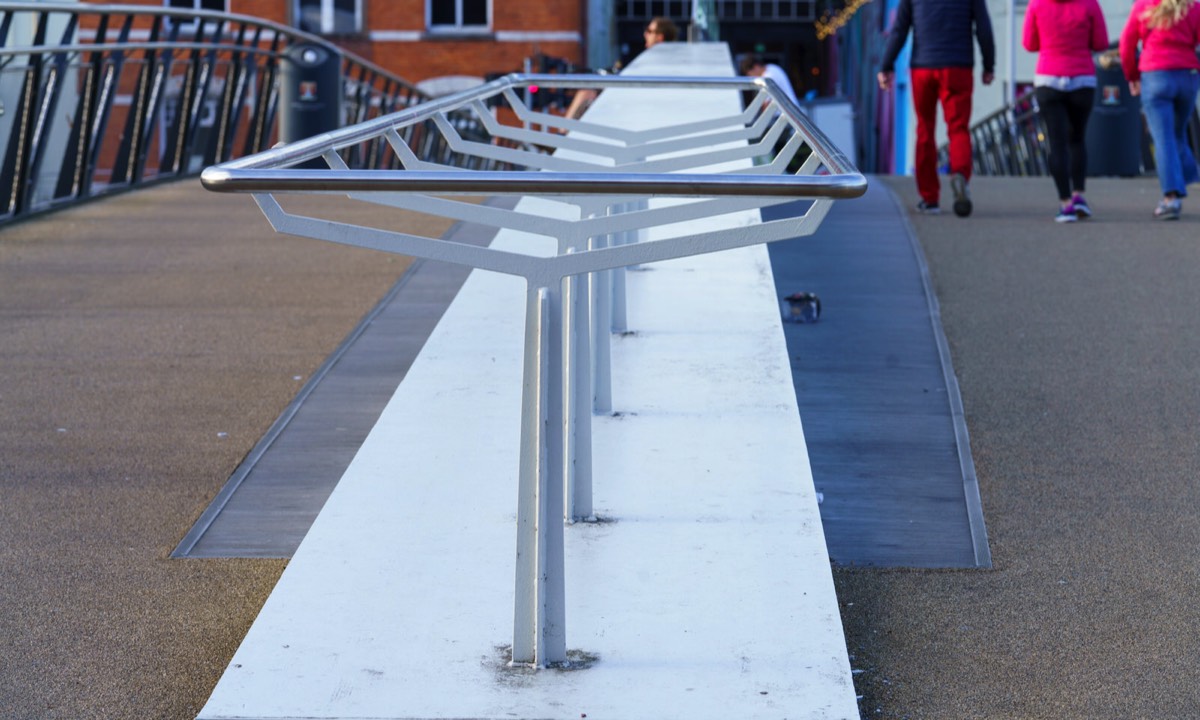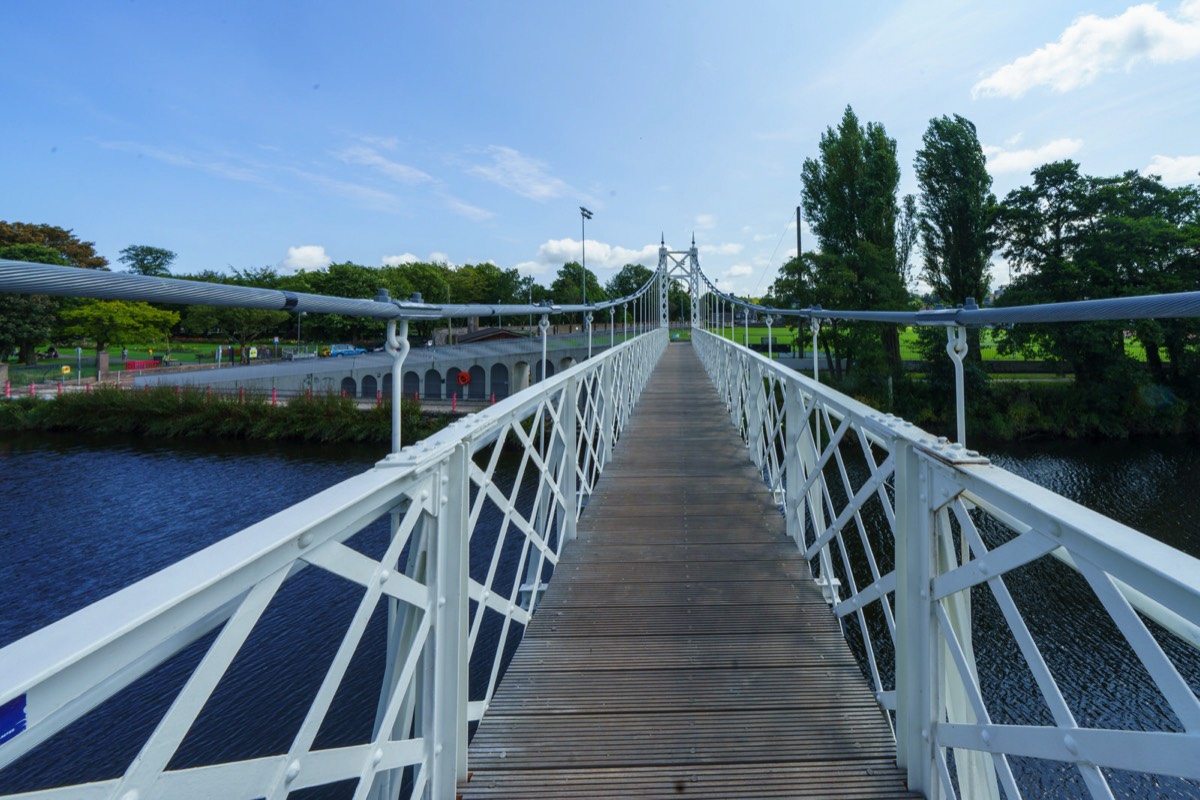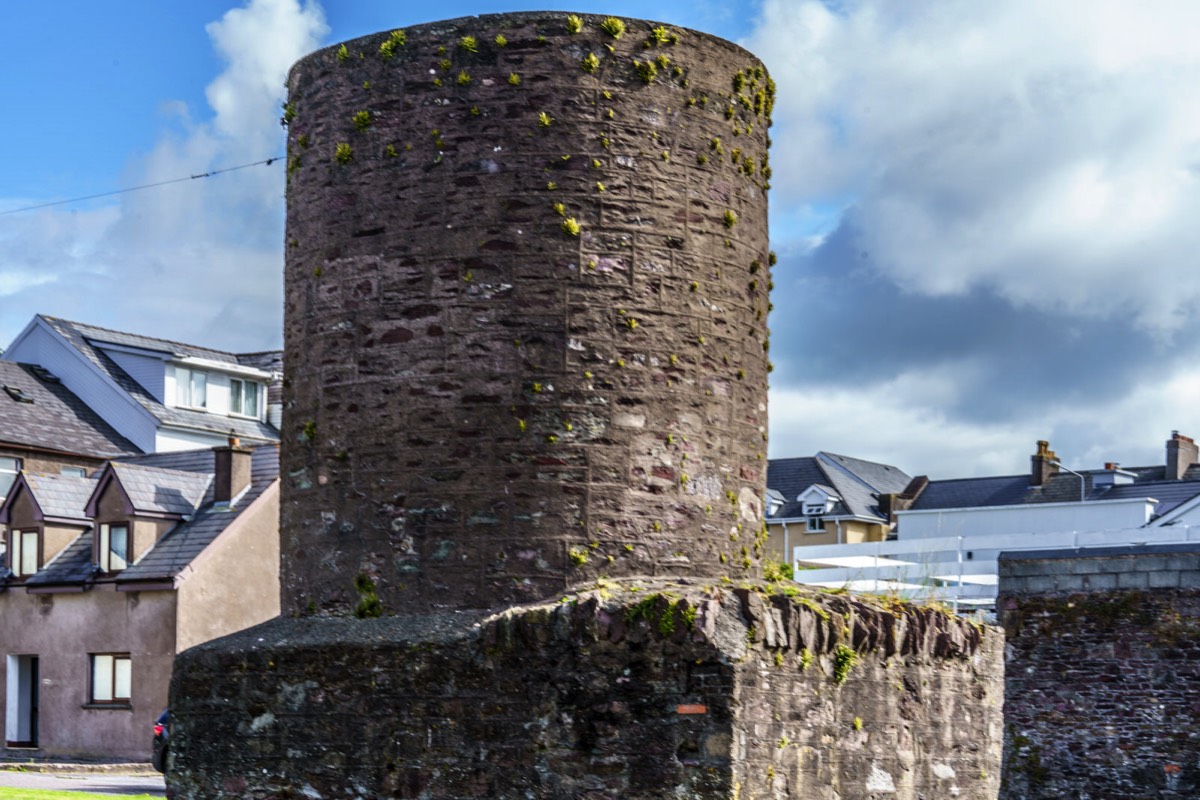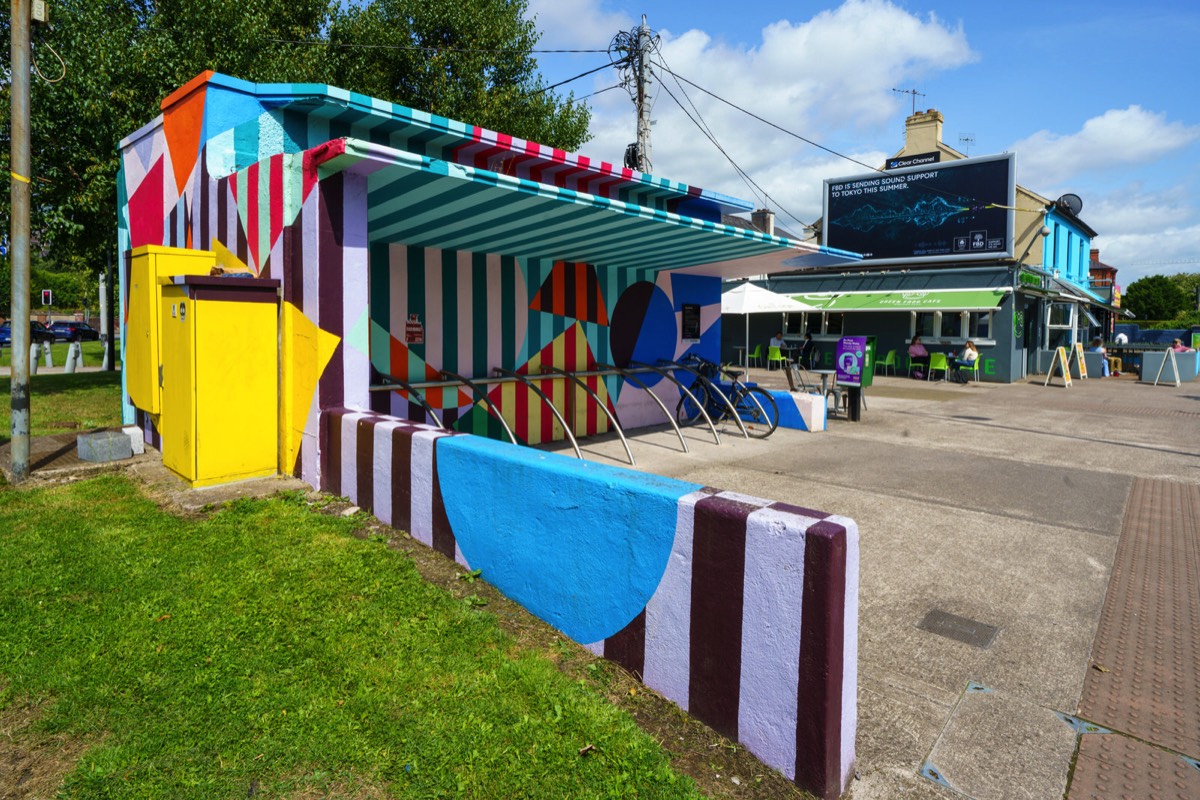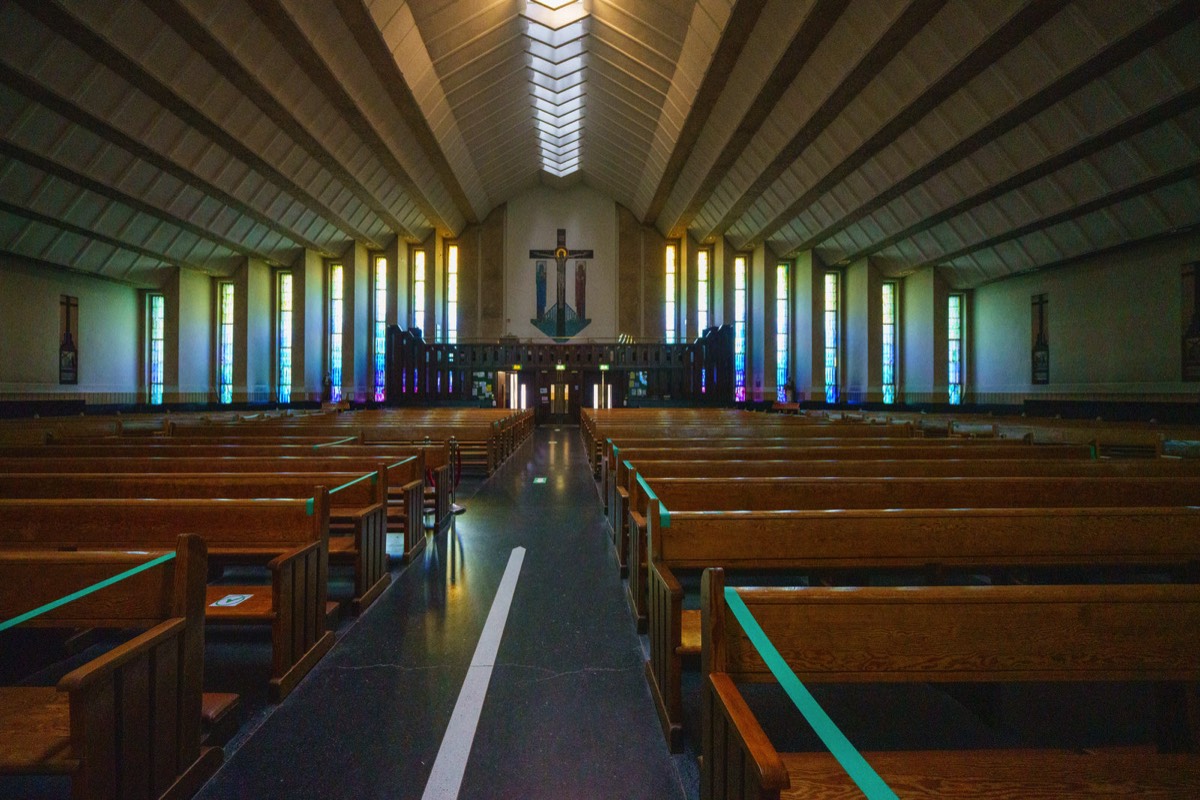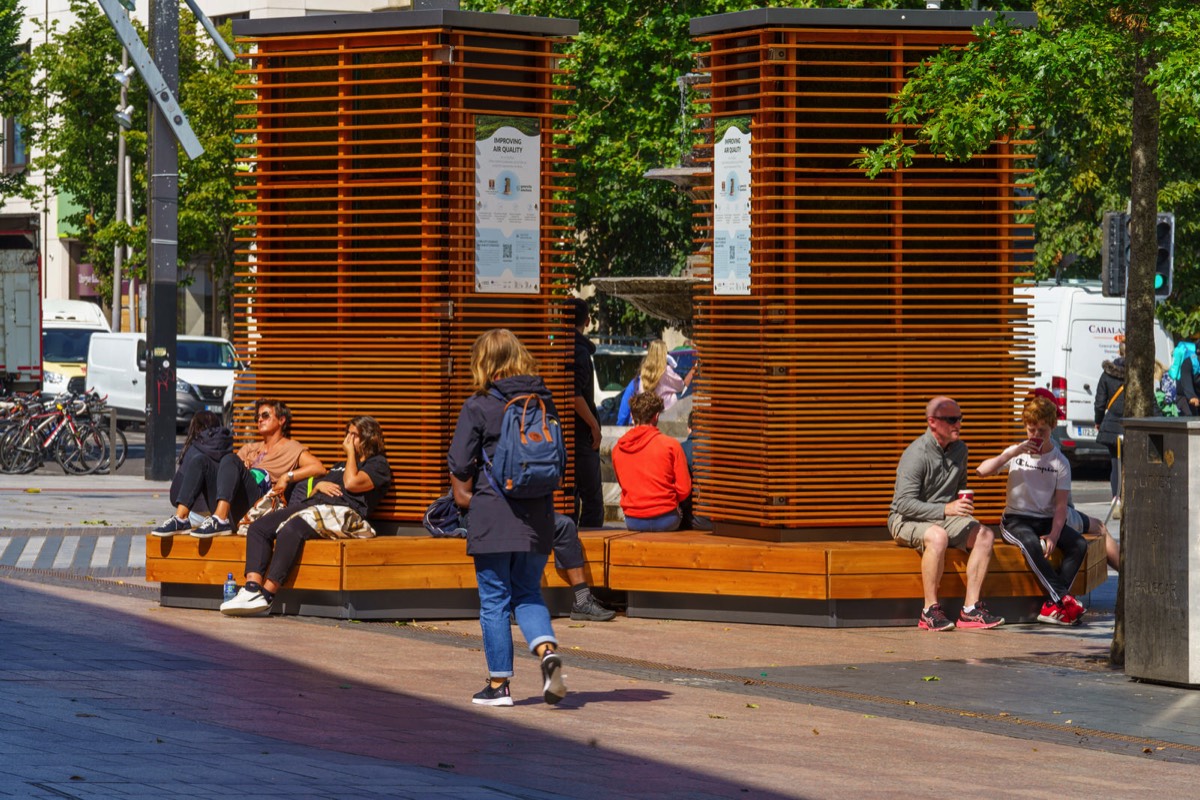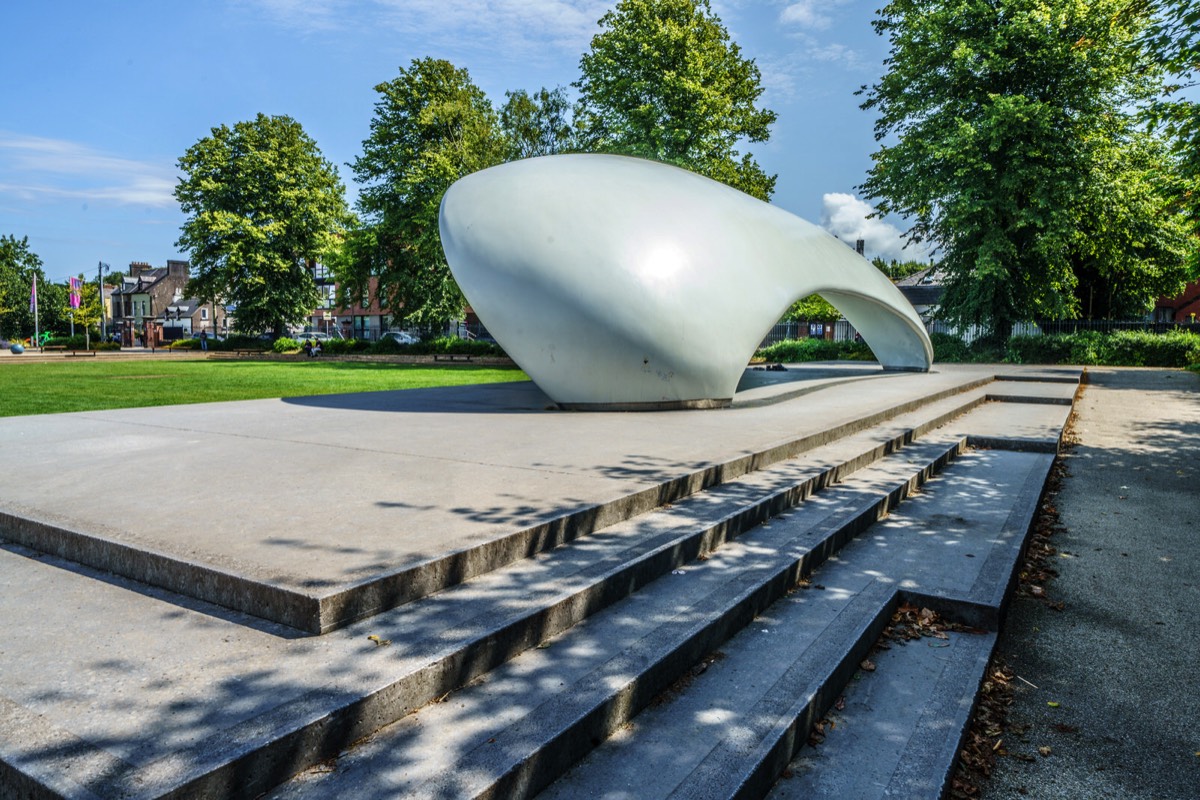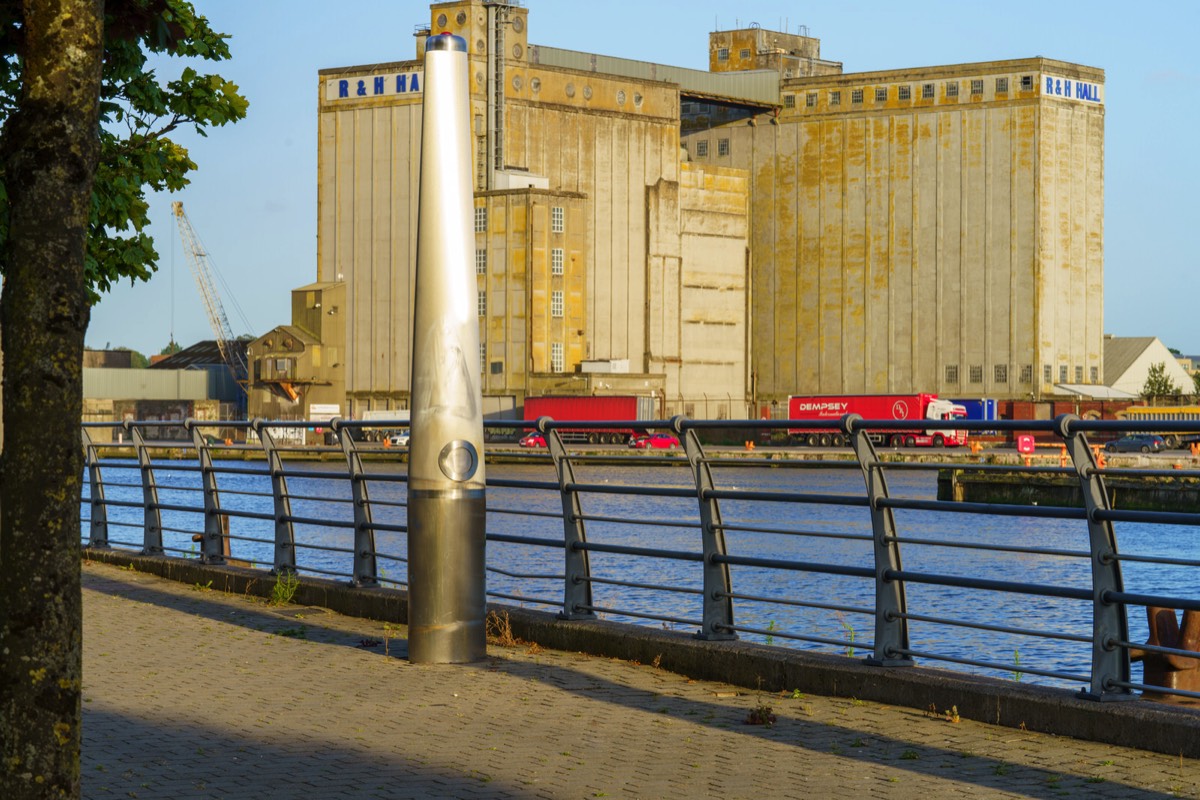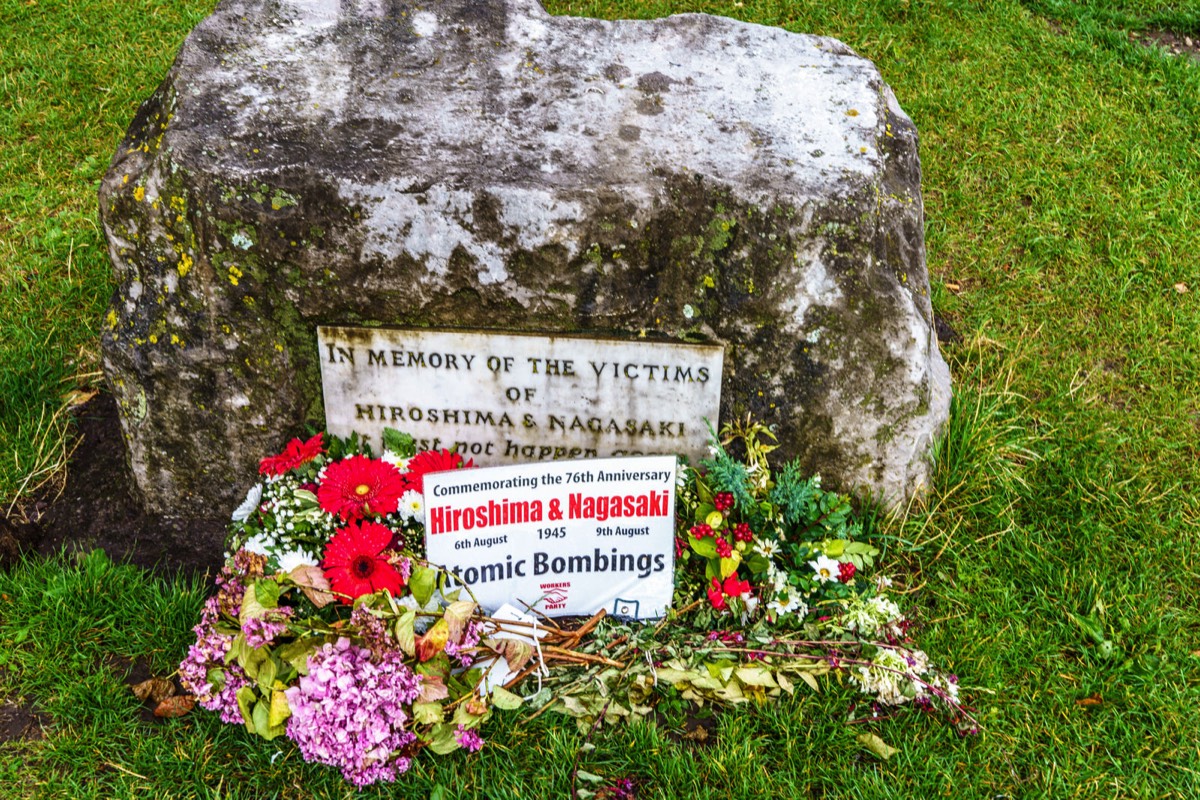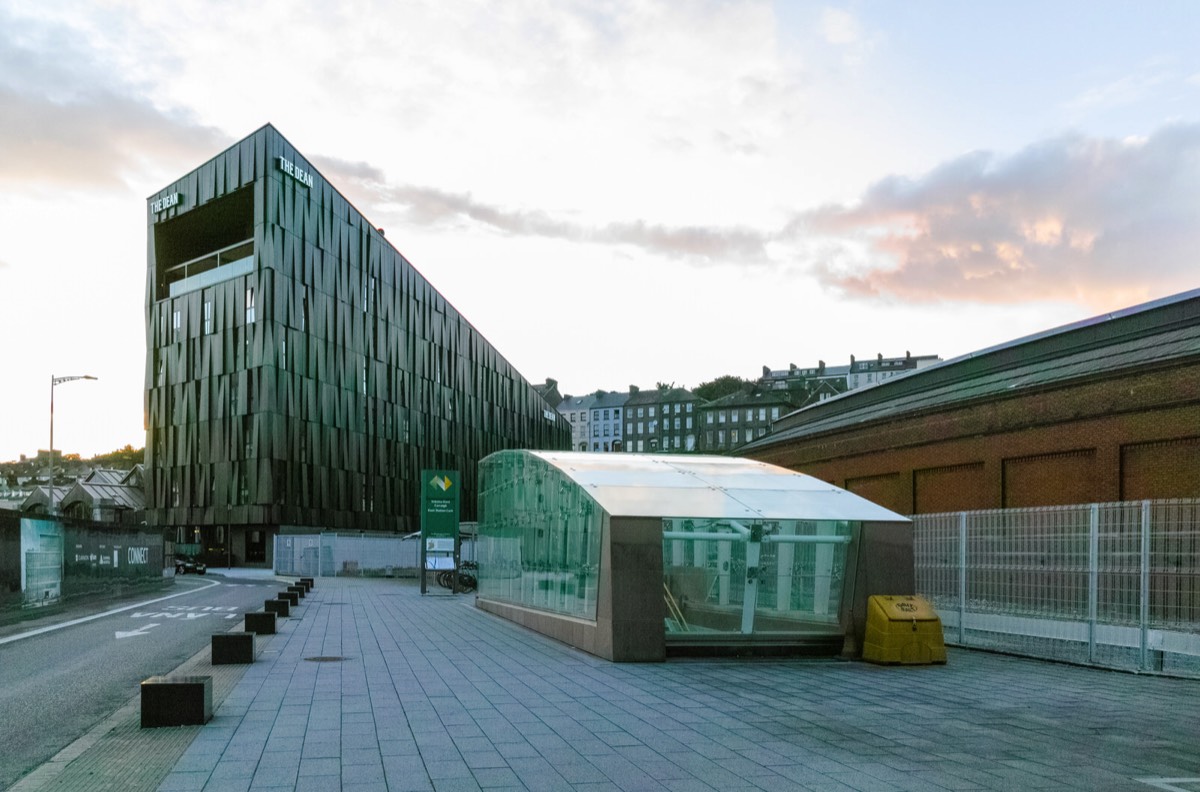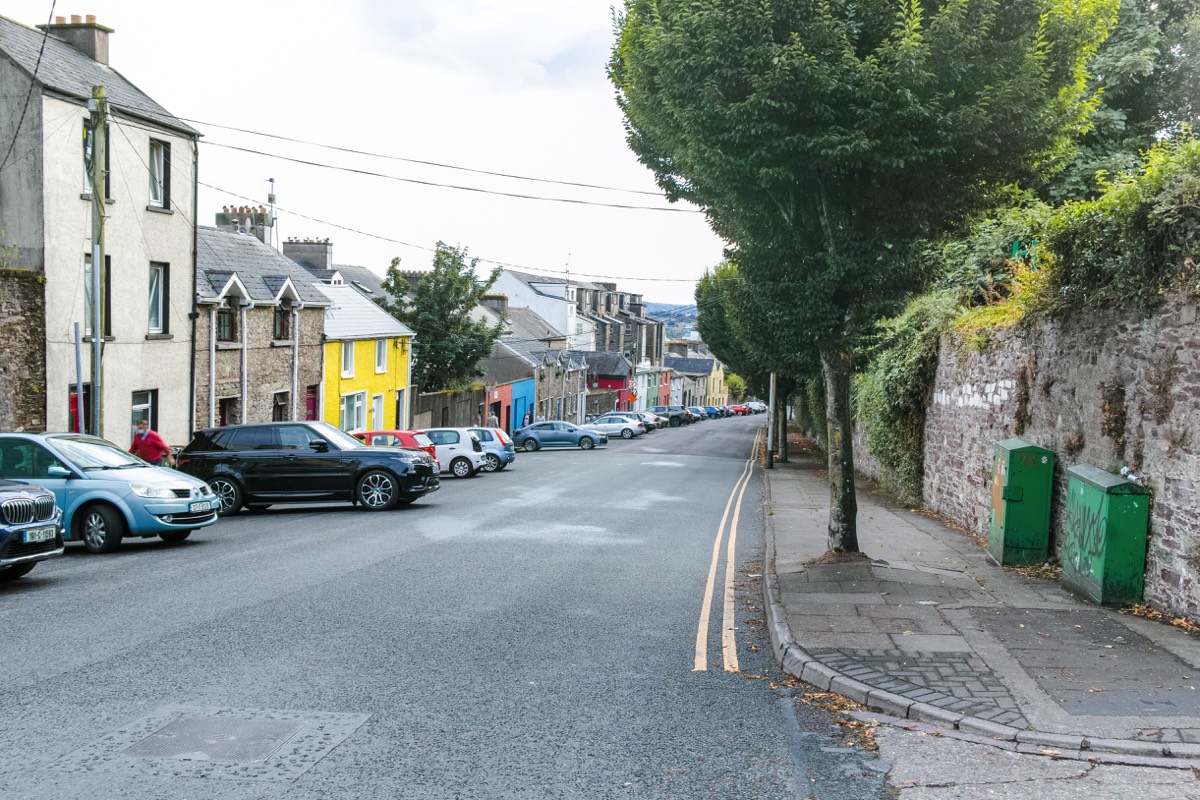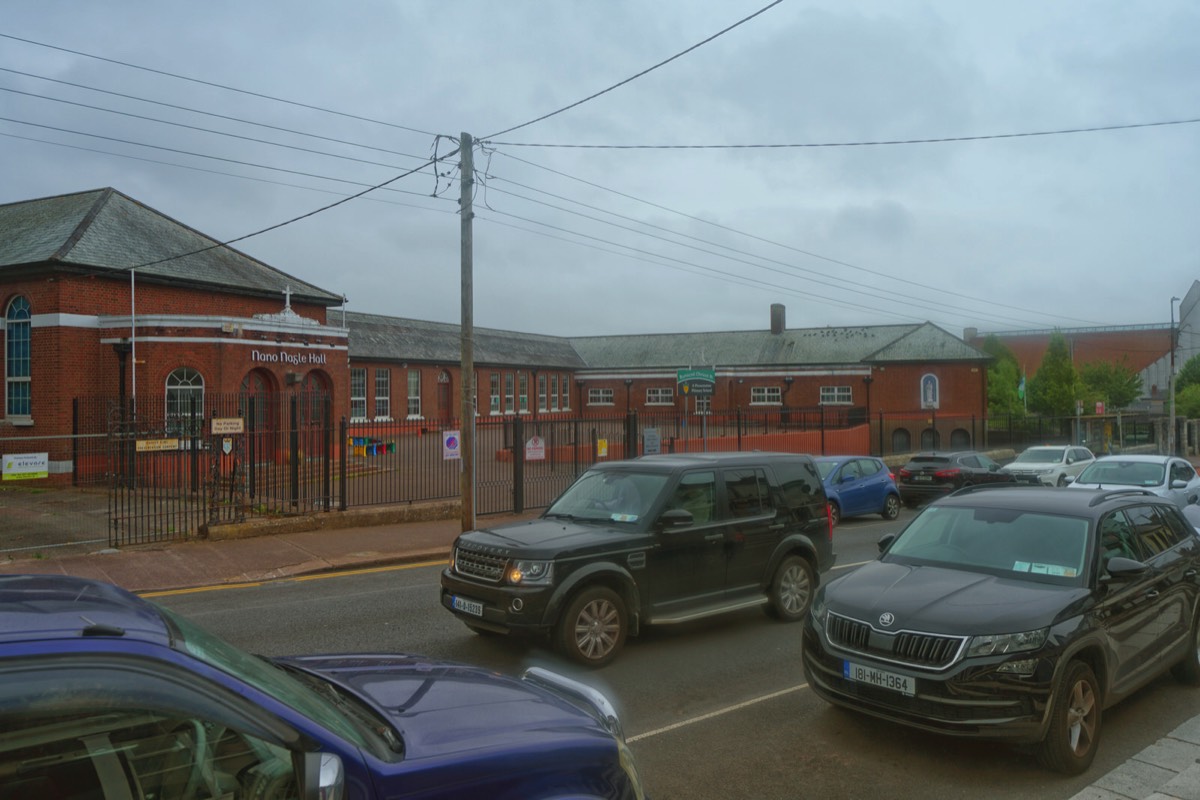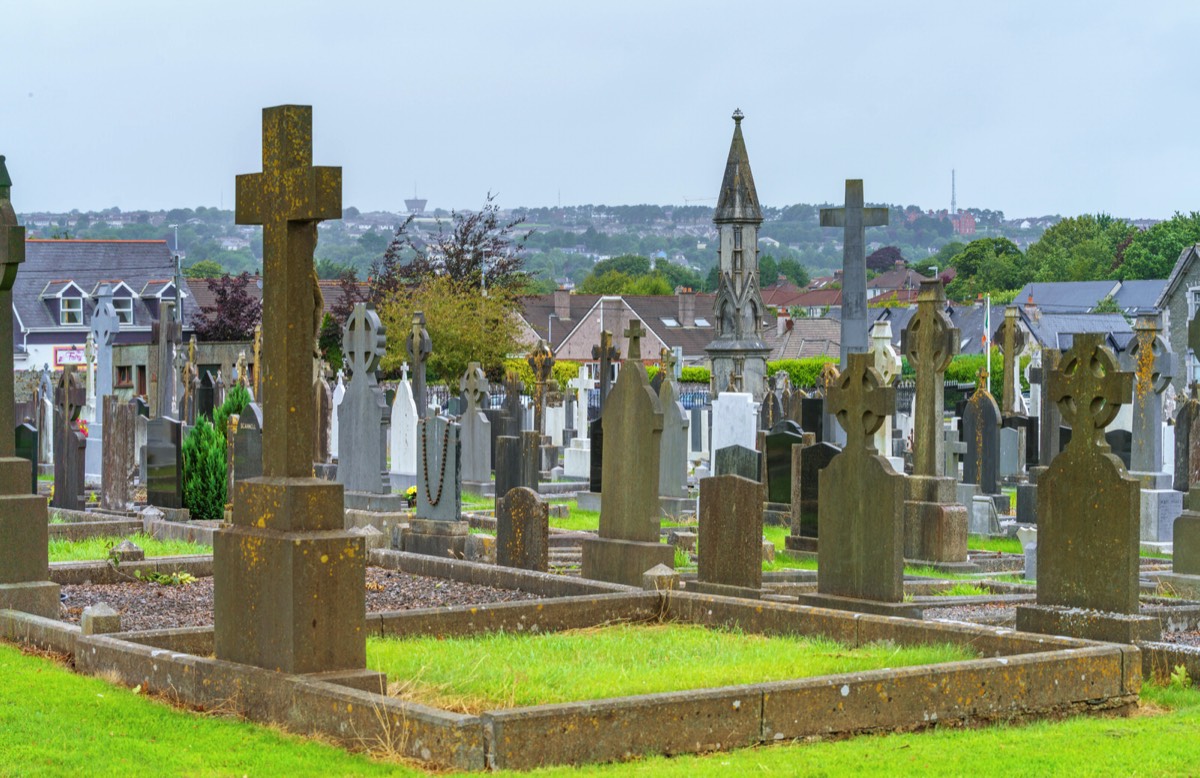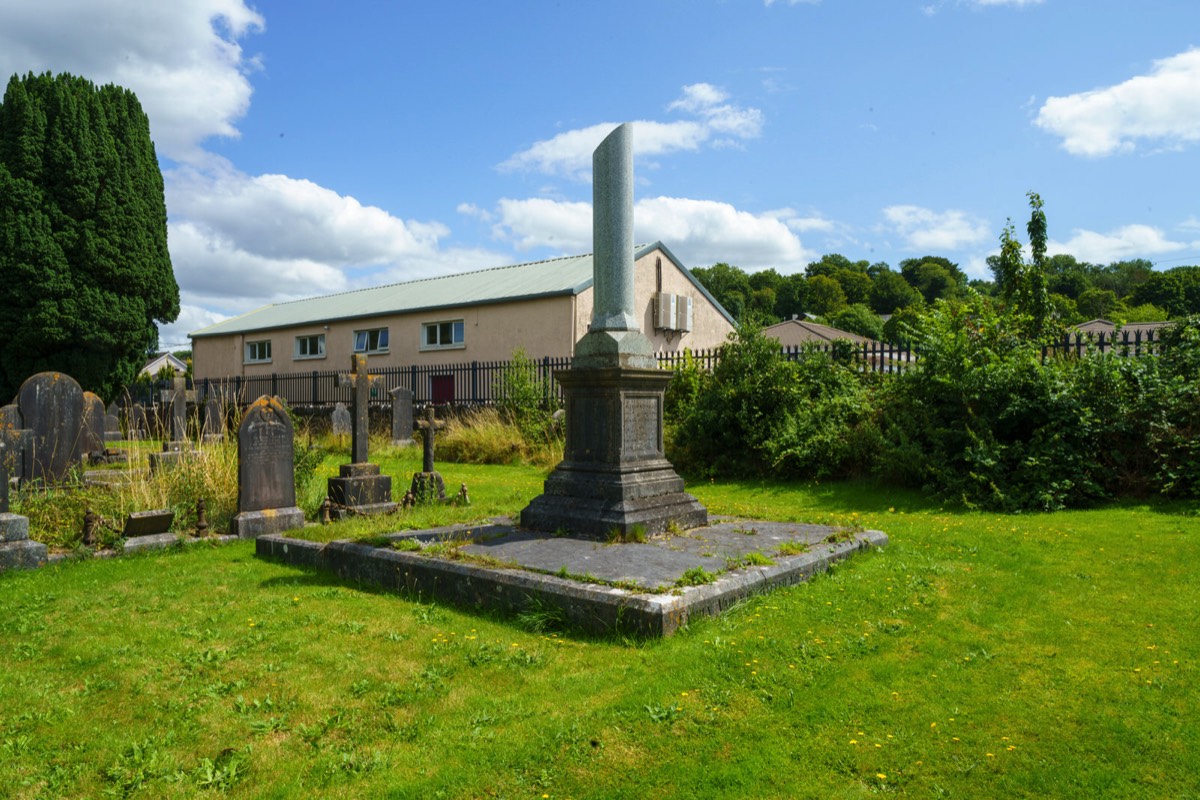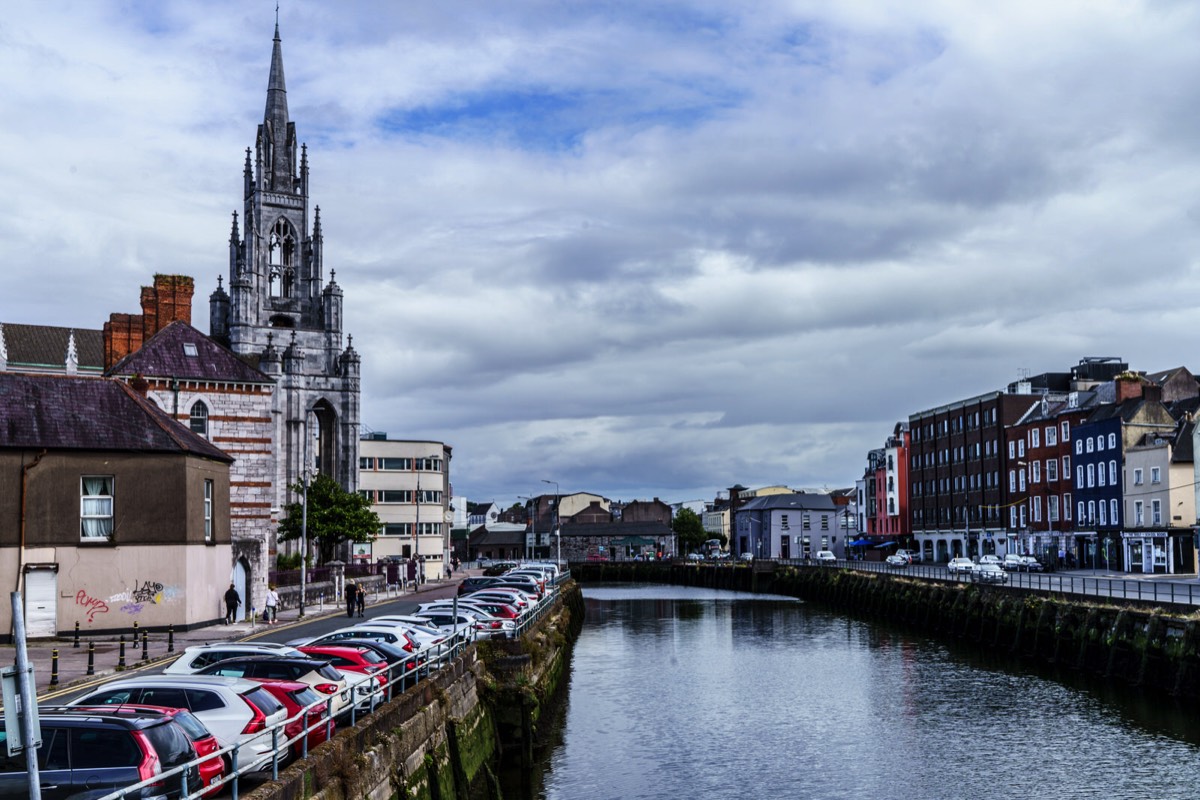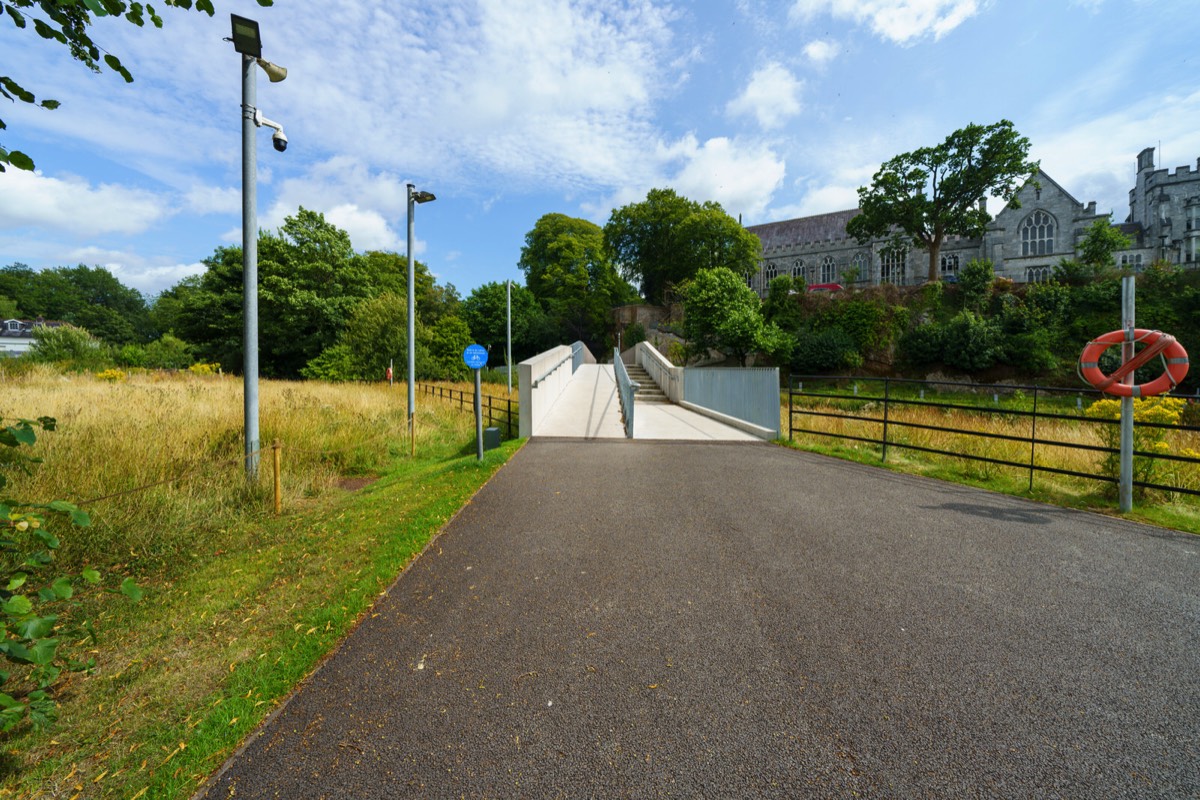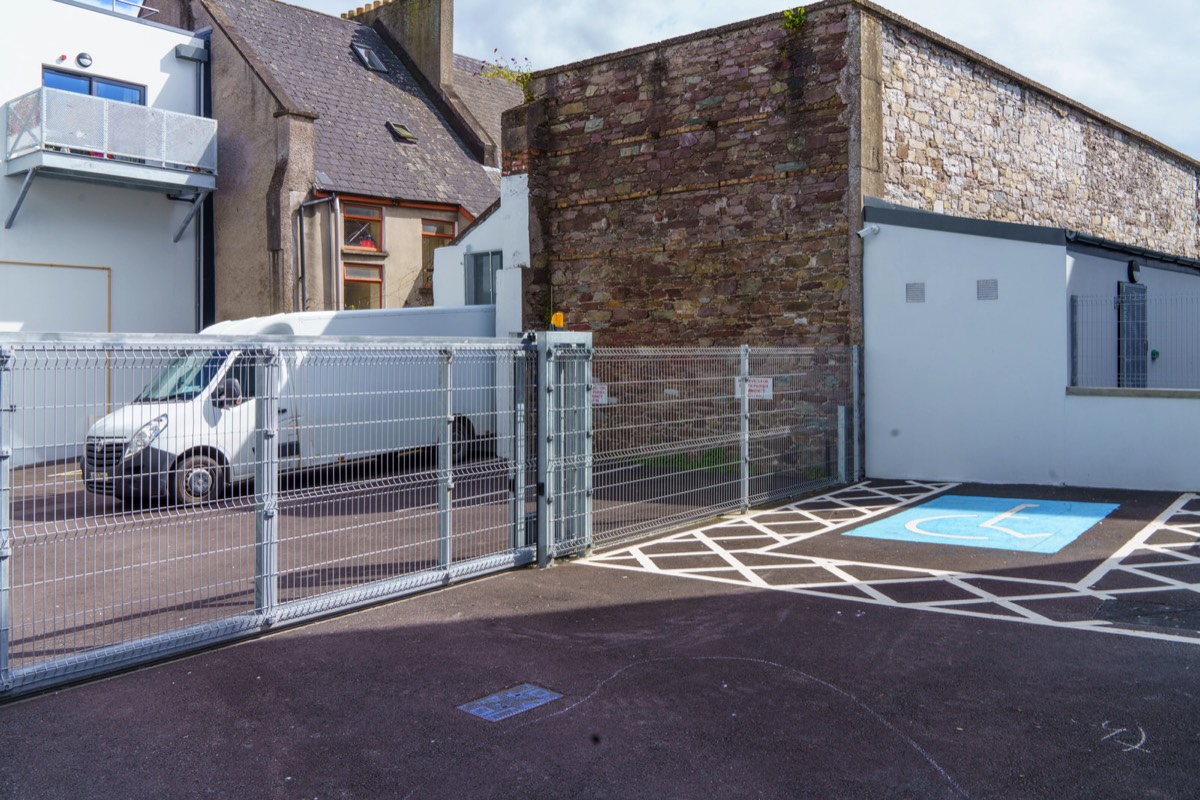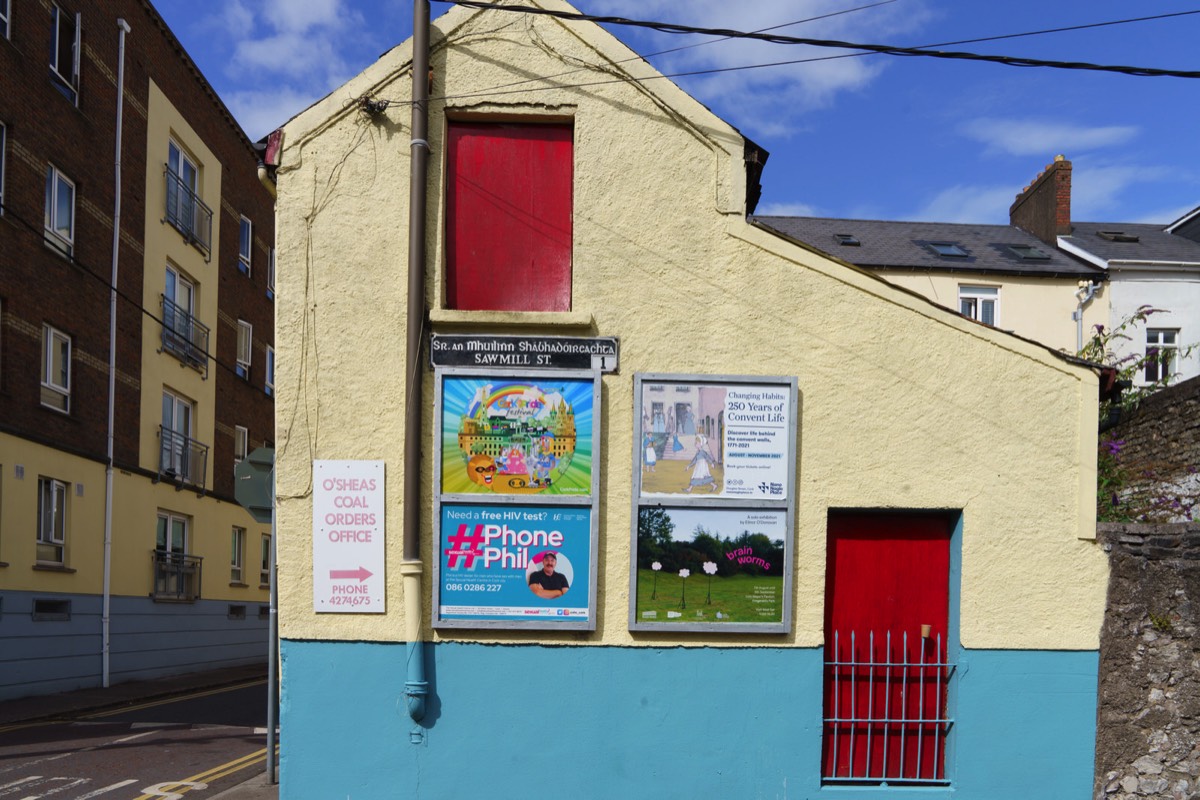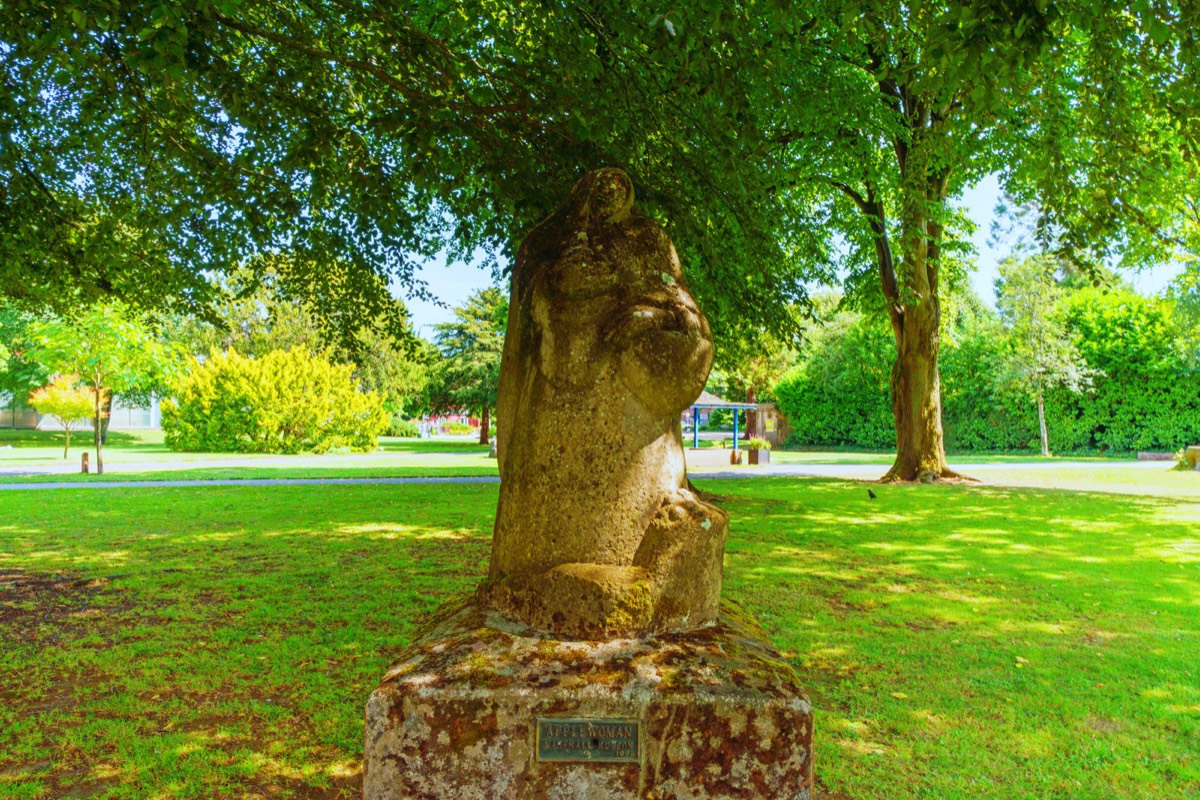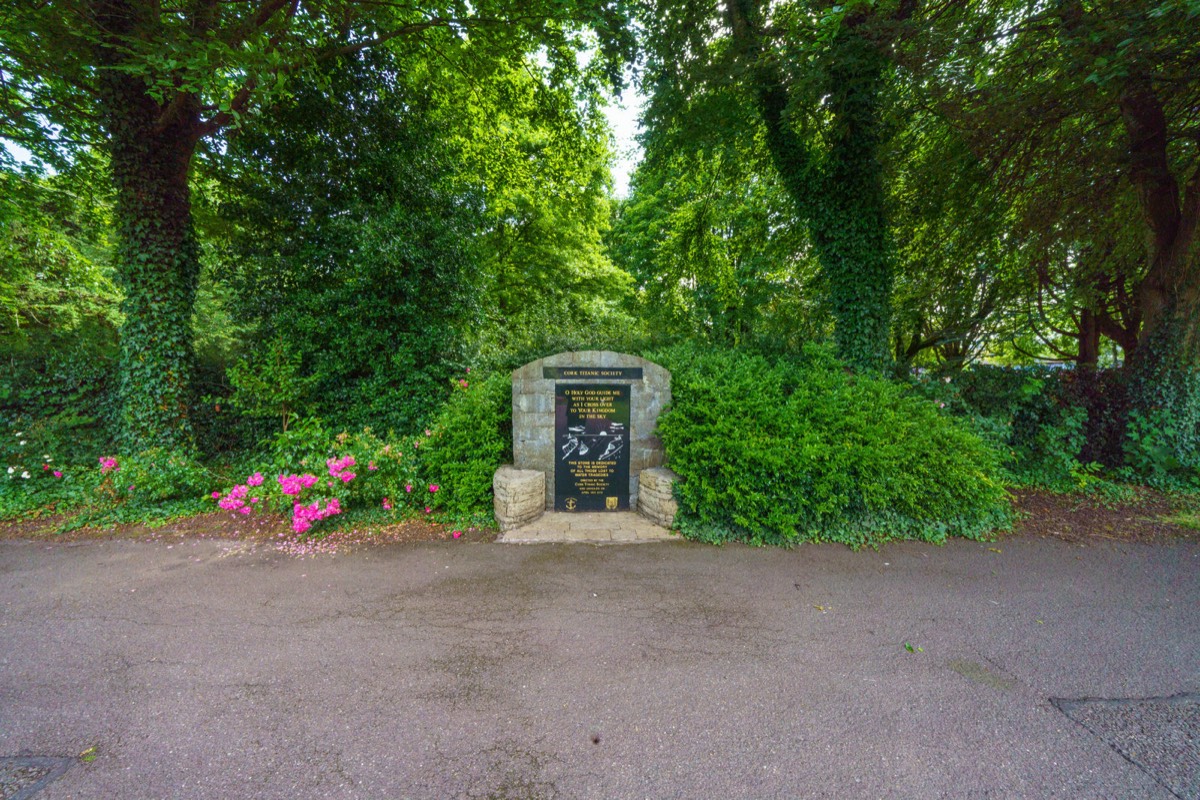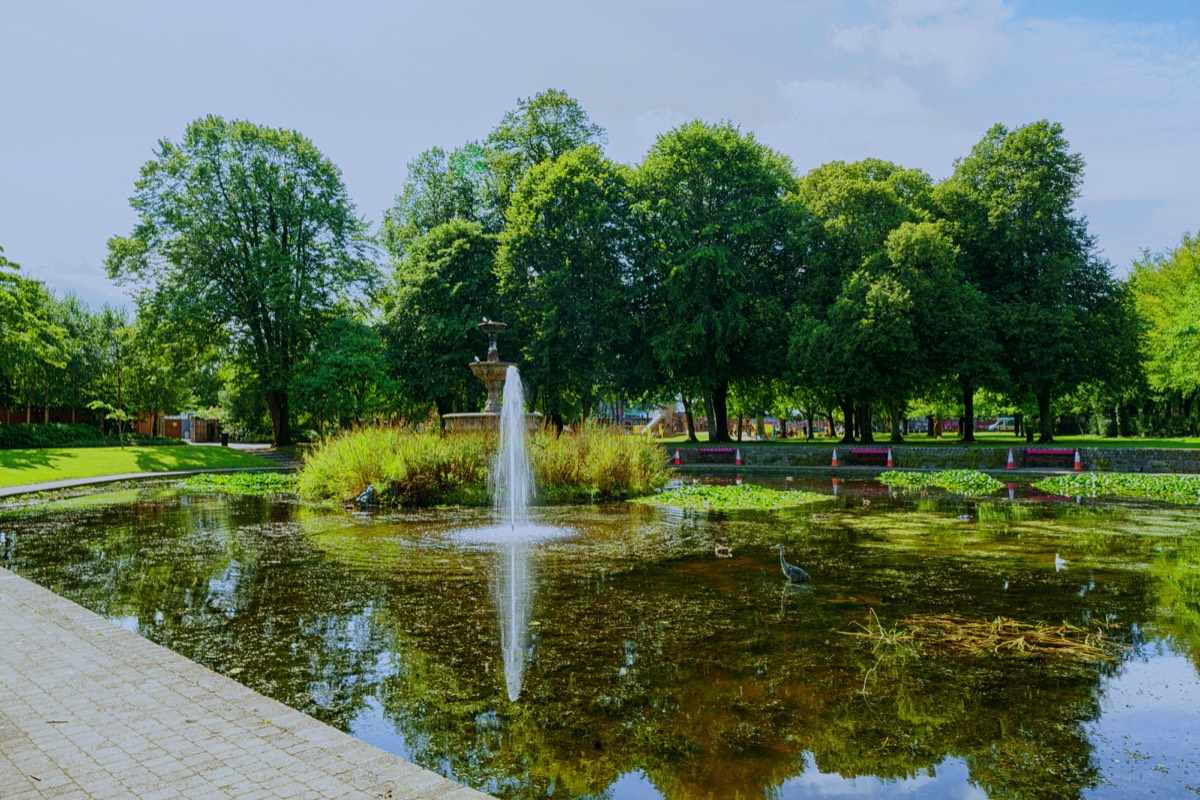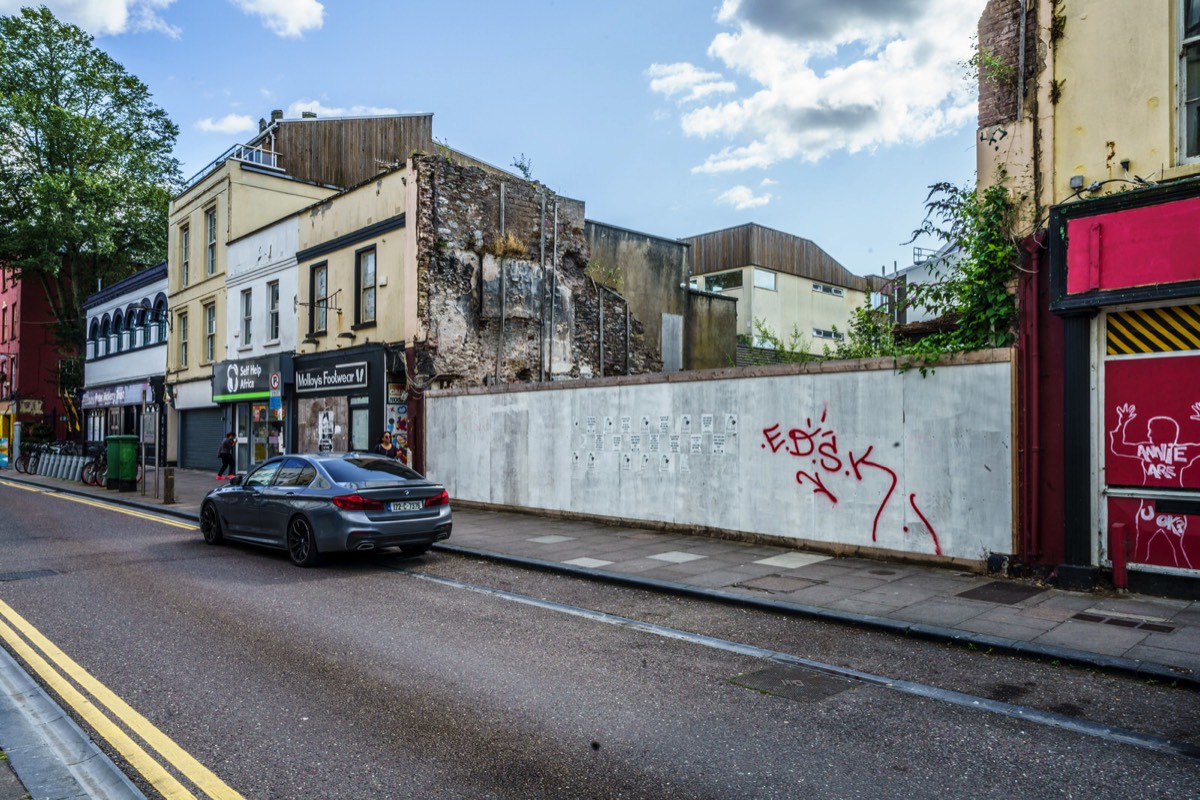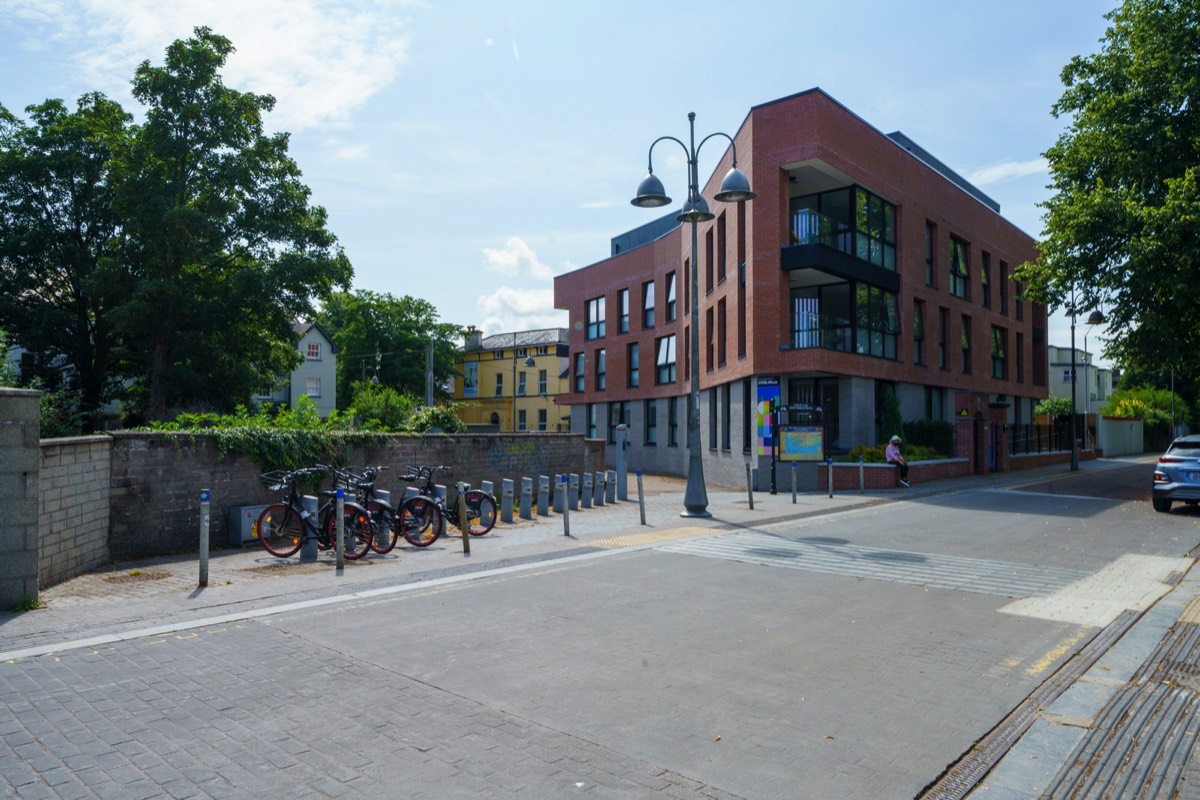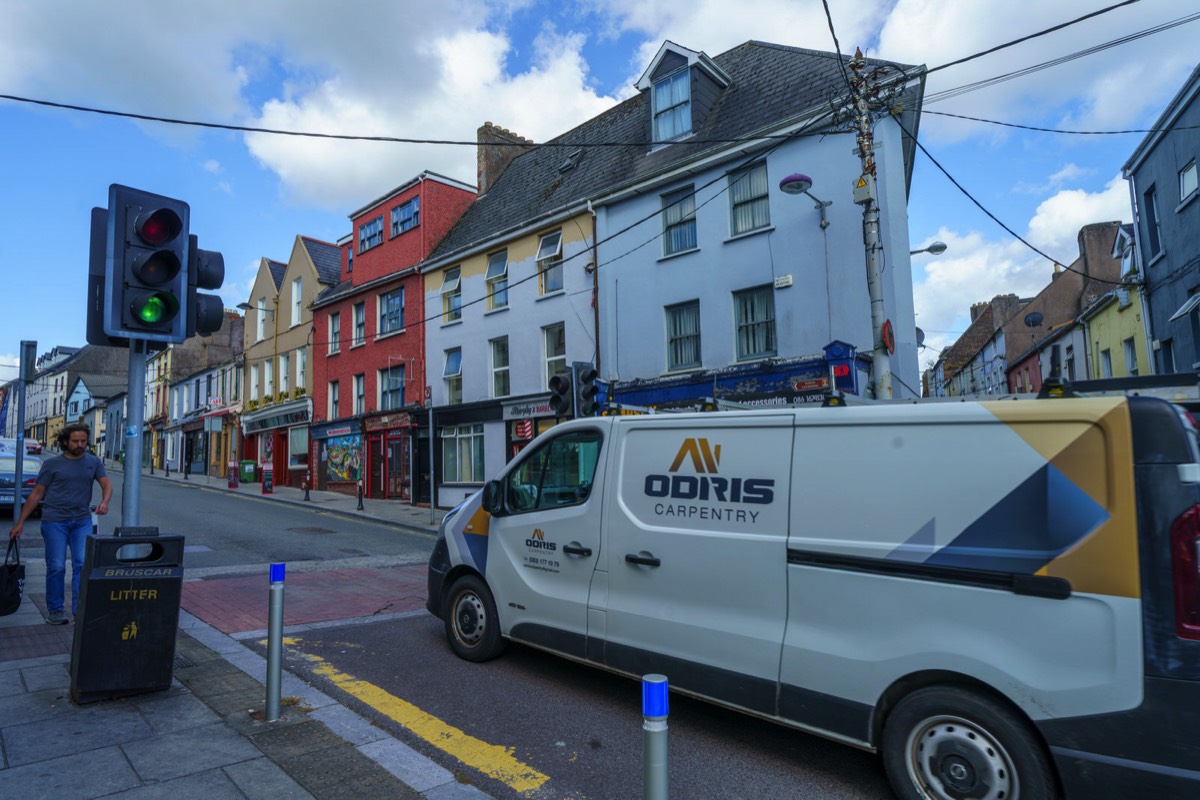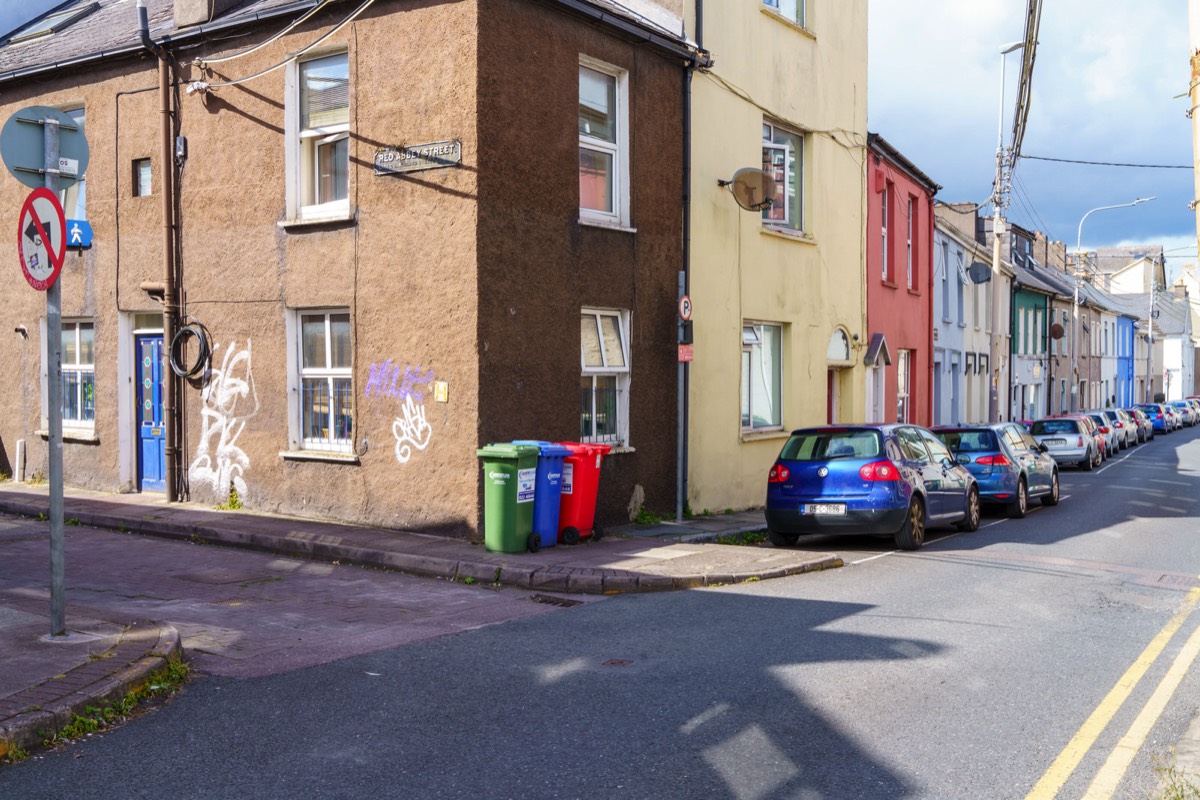2021 VISIT TO CORK CITY
URBAN EXPRESSION ON CRANE LANEPHOTOGRAPHED AUGUST 2021 PUBLISHED MAY 2021
THE BG JADE CONTAINER SHIP IMO9803687 AS SEEN FROM THE CORK MARINA AUGUST 2021
JAMES WILKINSON FIRST CORK CITY LIBRARIANPHOTOGRAPHED IN AUGUST 2021
THE NEW MARINA PARKPHOTOGRAPHED IN MAY 2022
Planning permission was granted by Cork City Council in July 2013 for a new entrance building onto Horgan's Quay and a new bi-directional road linking Railway Street/Alfred Street and Horgan's Quay. The plan also included bus shelters, a car park with 140 spaces and a set-down area accessed from Horgan's Quay for taxis and buses. In February 2014, €3 million was allocated towards implementing phase one including site works and detailed planning. Work began in summer 2014.
With its elevated position, Gabriel House is a beautiful, period guesthouse that looks out over Cork’s cathedral spires and the harbour. Guests can pick out freshly laid eggs for breakfast each morning from the house’s own resident hens. A traditional Irish breakfast is served daily and made from local ingredients, while freshly home-baked breads, biscuits scones are made daily.
This graveyard is an important part of the history of Cork city, with many well-known Cork figures buried here. Next to the spire is a monument to John Arnott, (1814-98) who founded Arnotts in Dublin. Businessman, philanthropist and former Lord Mayor of Cork (1859-61), he worked throughout his life to develop the industry and resources of Ireland. In the last 30 years of his life, he gave an average of £1,500 per year to public charity.
Marie Elisabeth Jean Elmes (5 May 1908 – 9 March 2002) was an Irish aid worker credited with saving the lives of at least 200 Jewish children at various times during the Holocaust, by hiding them in the boot of her car.
In 2015, she became the first and only Irish person honoured as Righteous Among the Nations by the State of Israel, in recognition of her work in the Spanish Civil War and World War II.
In 2015, she became the first and only Irish person honoured as Righteous Among the Nations by the State of Israel, in recognition of her work in the Spanish Civil War and World War II.
Bandfield is a new site-specific artwork presented as part of the Mardyke 300 celebrations.
2019 marked the 300th anniversary of the construction of the public recreation area of the Mardyke in Cork city. To mark this unique moment in the city’s history, the Glucksman invited artist Deirdre Breen to create a large scale artwork at the site of the original bandstand in front of the UCC Ceremonial Gates on Western Road.
2019 marked the 300th anniversary of the construction of the public recreation area of the Mardyke in Cork city. To mark this unique moment in the city’s history, the Glucksman invited artist Deirdre Breen to create a large scale artwork at the site of the original bandstand in front of the UCC Ceremonial Gates on Western Road.
Back in 2011 I was walking along Penrose Quay early in the morning and I began to hear voices even though I could nor see anyone. Initially I thought that it was my iPad but after a while I determined that the sound was coming from what I thought was a piece of street furniture. Then I noticed a rather ugly engraved granite block which indicated I was standing beside the "Listening Posts"
Spanning six acres and located on the River Lee next to the Port of Cork, the Horgan’s Quay development comprises a new scheme of contemporary offices, homes, hotel, leisure facilities, shops and restaurants. The restoration of the on-site heritage buildings such as the goods shed, carriage shed and original station house make the centre pieces of this mixed use development.
Rocque's map of Cork of 1759 is the first to show significant housing in the Turners Cross area in the areas that are now Evergreen Street (then Maypole Lane) and Quaker Road (then Graveyard Lane). Previous maps of Cork in 1690 and 1726 show only occasional houses associated with what were then farms on the southern edge of the city. The oldest housing still existing in Turners Cross now dates from the mid 19th century.
Historically Wellington Road was a relatively affluent residential area with many large houses. At the eastern end of the street, some of the houses were associated with the nearby Victoria Barracks. In the mid 20th century, many of the area's houses were sub-divided into offices or flats - a process that was somewhat reversed by the late 20th century.
St Finbarr’s Cemetery, which opened in 1868, is the largest cemetery in Ireland outside of Dublin. The keeper’s house (office) is inside the gate to the left. Inside the graveyard there are two small churches (Catholic and Protestant) that were built when the cemetery was first opened and were used for funeral services for a time.
A number of archaeological excavations of the area have revealed the remains of houses which were Anglo-Norman in style, made mainly of timber and wattle. The building of houses from timber posed a fire risk, and declined after May 1622, when a lightning strike on North Main Street resulted in a loss of 1500 houses in the city.
The original dyke was constructed in 1719 by Edward Webber, the city clerk, who owned what were then marshy islands west of the walled city. He drained and landscaped the area, building a dyke topped by a straight promenade leading to a redbrick teahouse in Dutch style. The area became fashionable and the promenade was dubbed the Red House Walk or Meer Dyke Walk after the Meer Dyke in Amsterdam. Dutch influence was strong among the Protestant Ascendancy in the decades after the Williamite War in Ireland.
After Webber's death the land was bought and further developed by future mayor James Morrison. The route of the promenade corresponds to the modern streets Dyke Parade and Mardyke Walk.
After Webber's death the land was bought and further developed by future mayor James Morrison. The route of the promenade corresponds to the modern streets Dyke Parade and Mardyke Walk.
The Red Abbey in Cork, Ireland was a 14th-century Augustinian abbey which took its name from the reddish sandstone used in construction. Today all that remains of the structure is the central bell tower of the abbey church, which is one of the last remaining visible structures dating to the medieval walled town of Cork.
You will find links to buy products from Amazon, Google and other partners. If you click on these links, you’ll find that the URL includes a small extra piece of text which identifies that the click came from my websites. This text is an affiliate code, and it means that I get a small percentage of the money you spend if you choose to buy that product, or, in some cases, other products from the site soon after. These affiliate links help pay the costs of producing my websites and ensure that the content is free to you.
